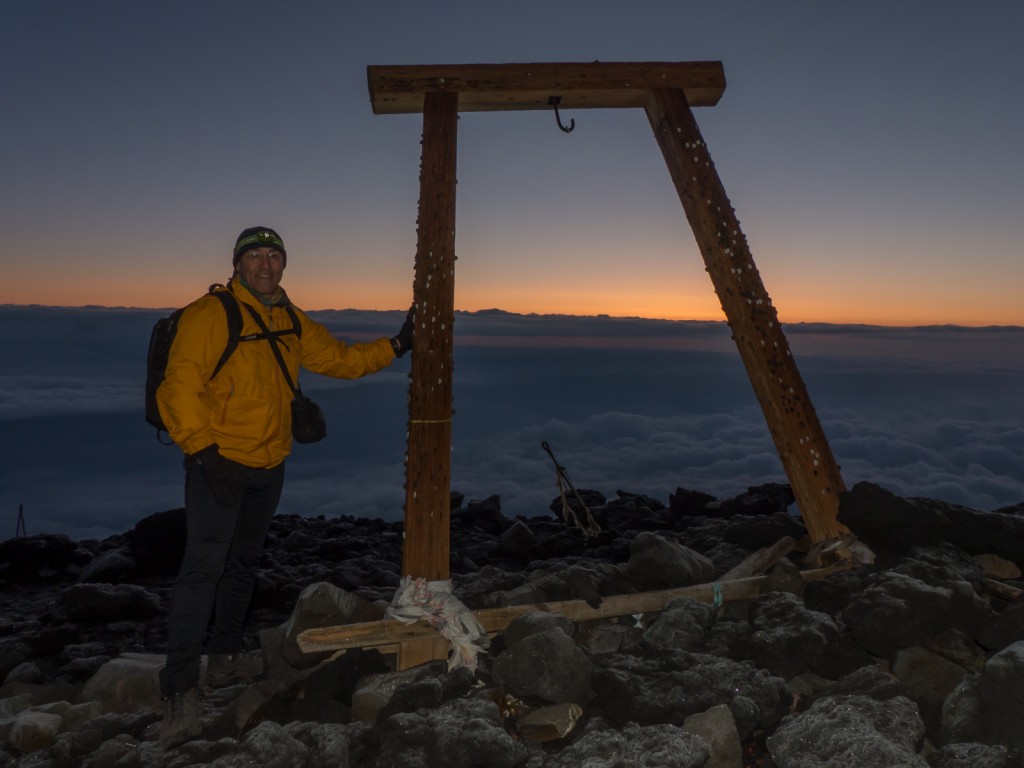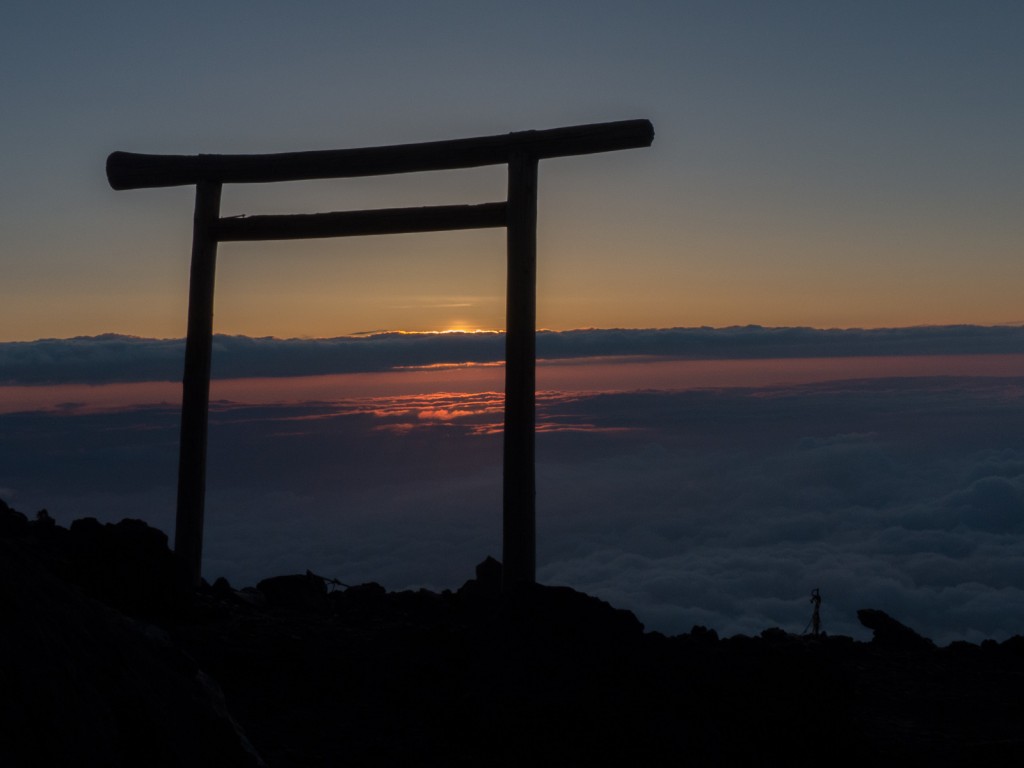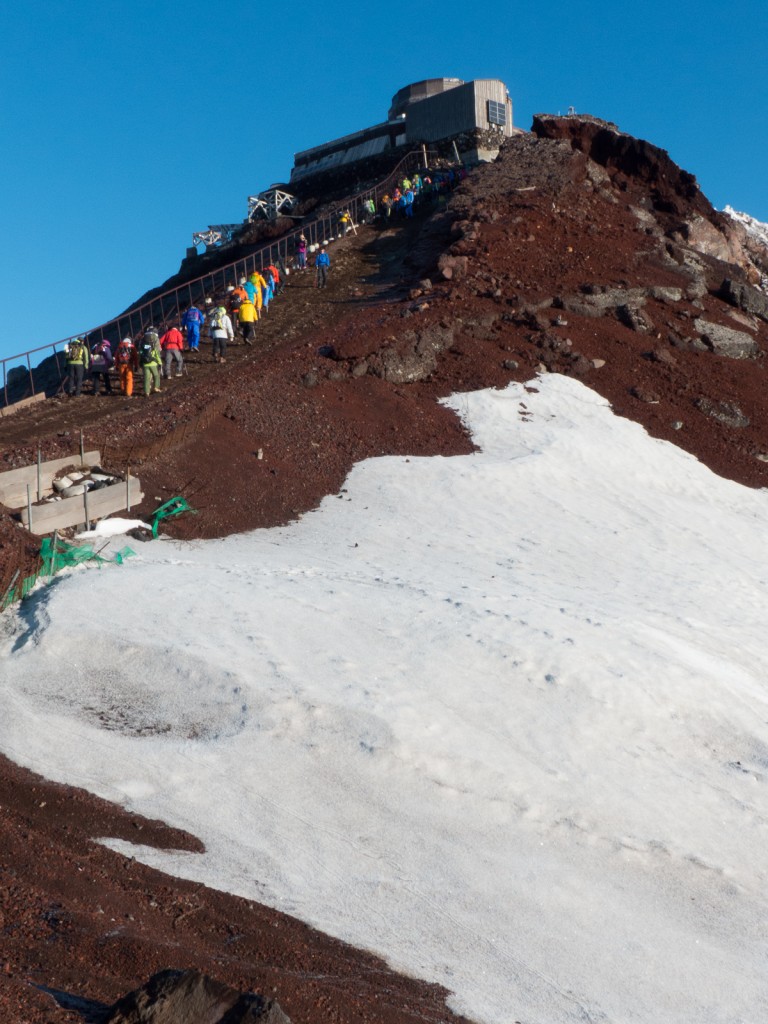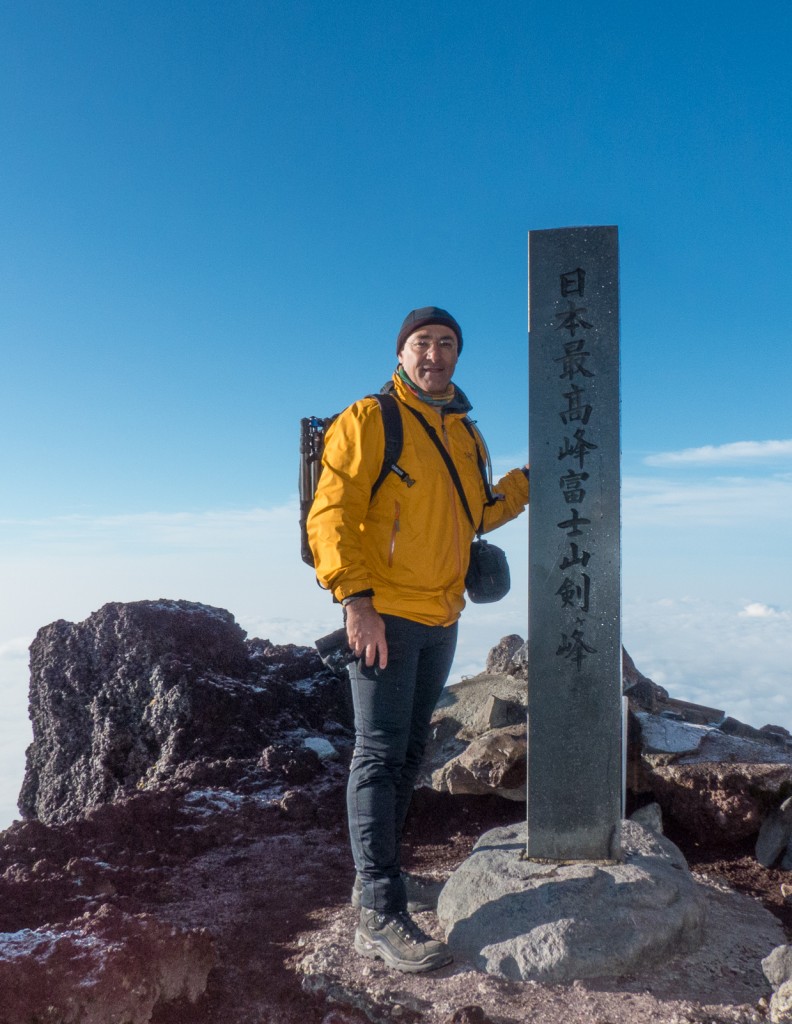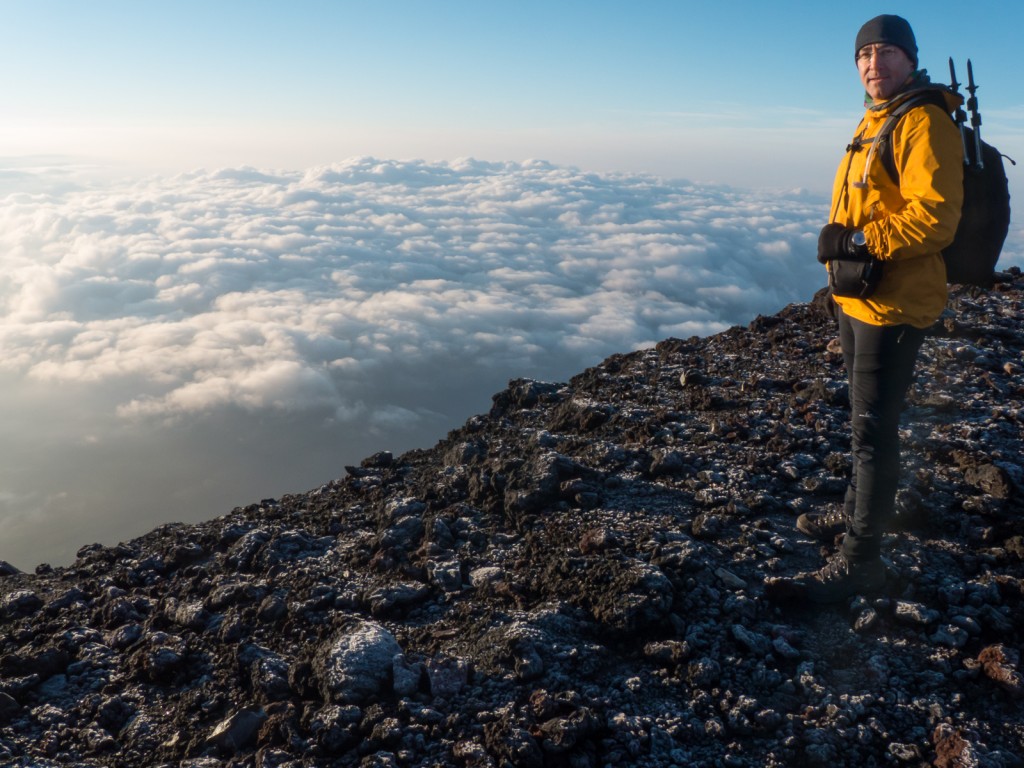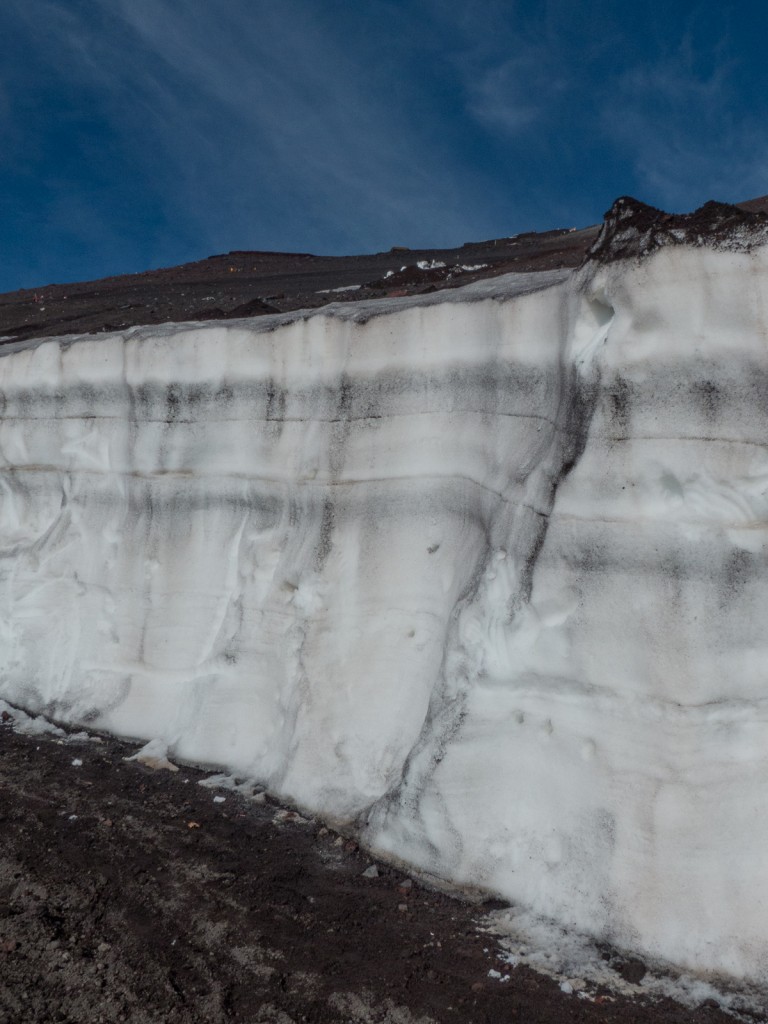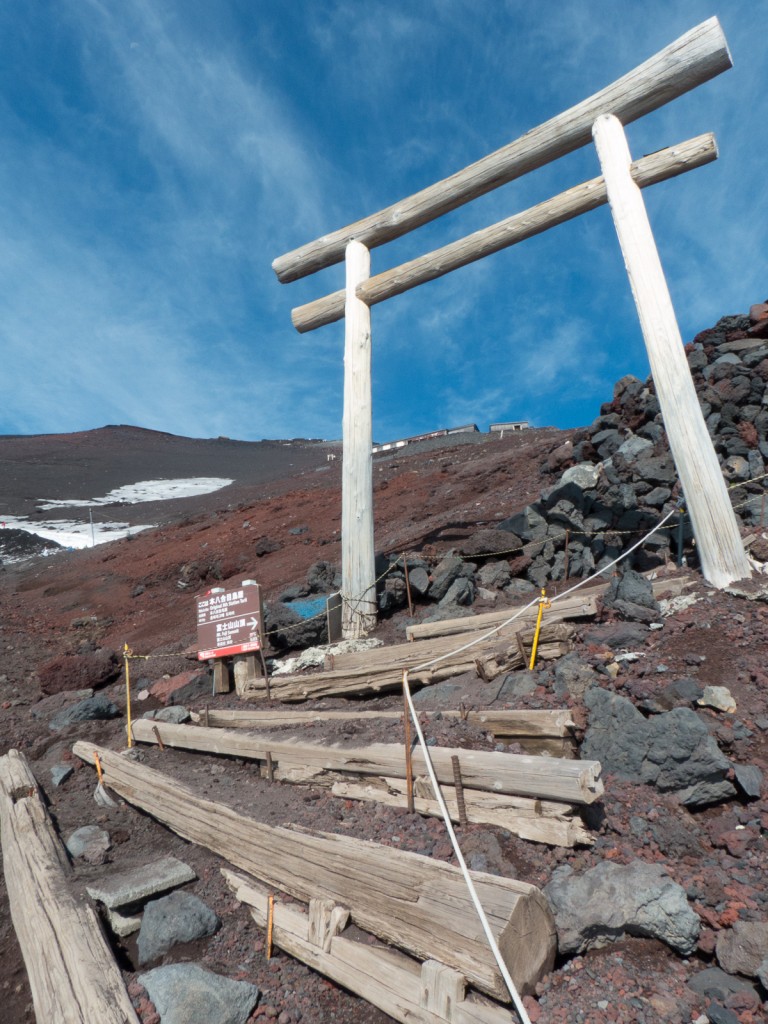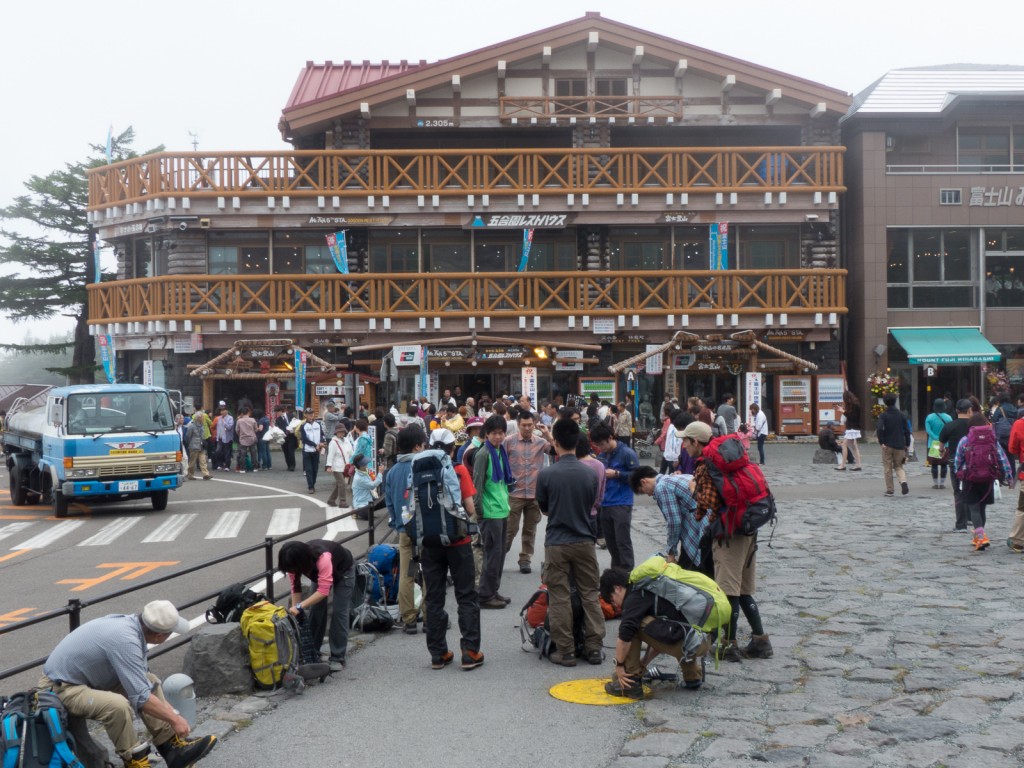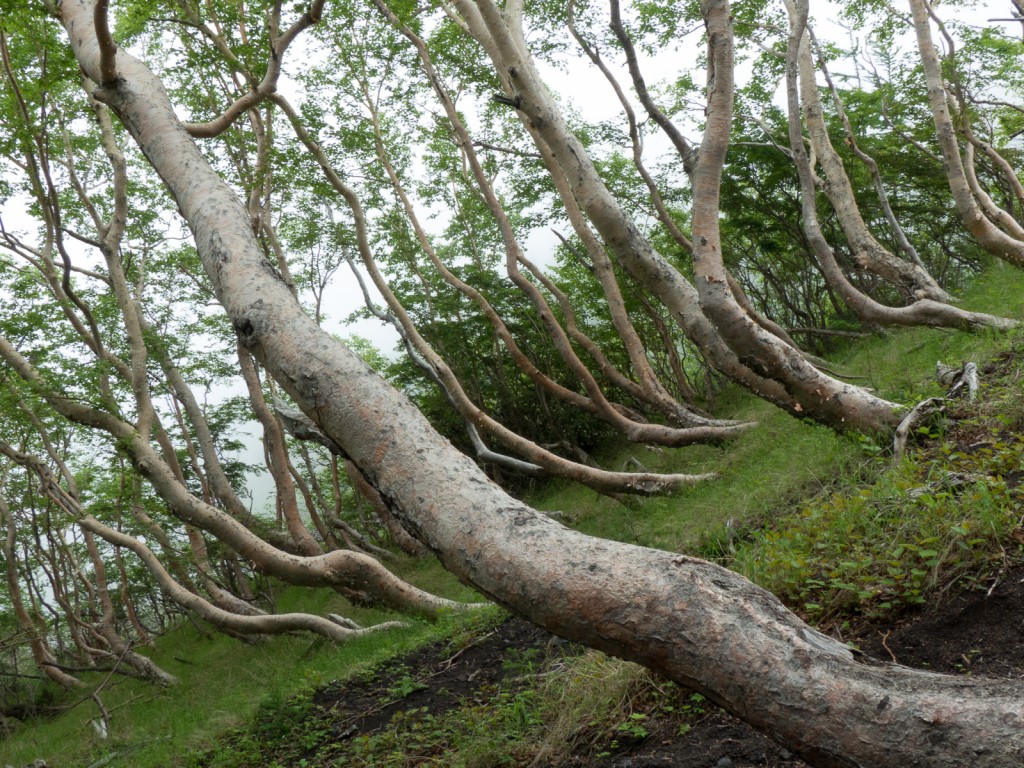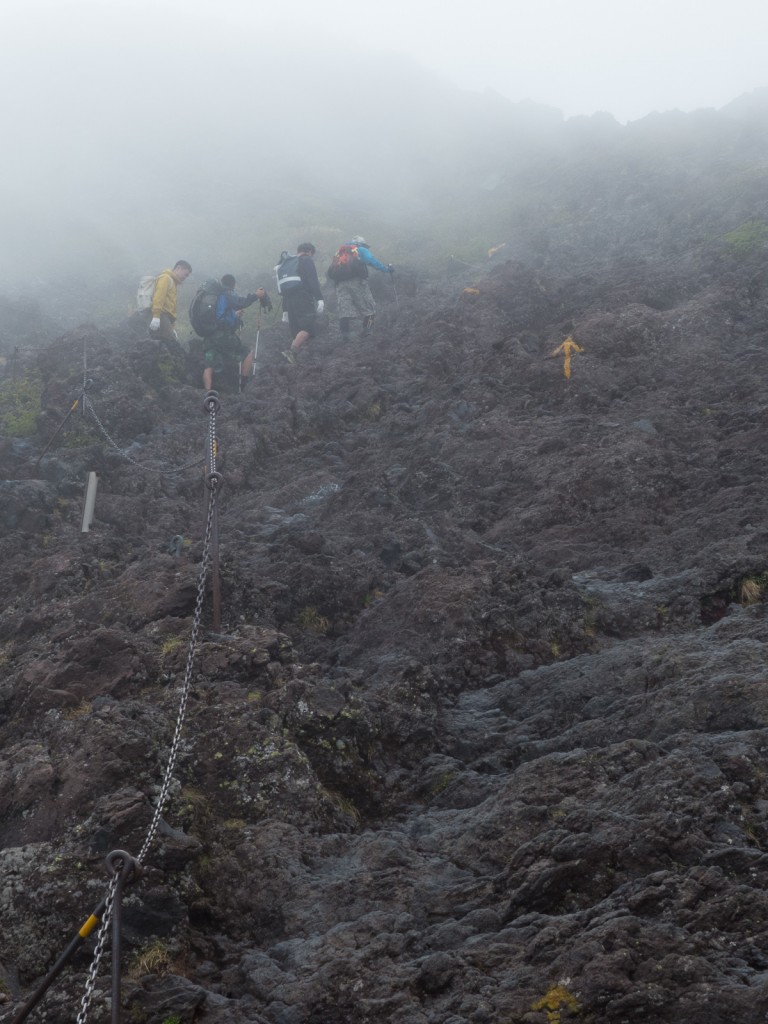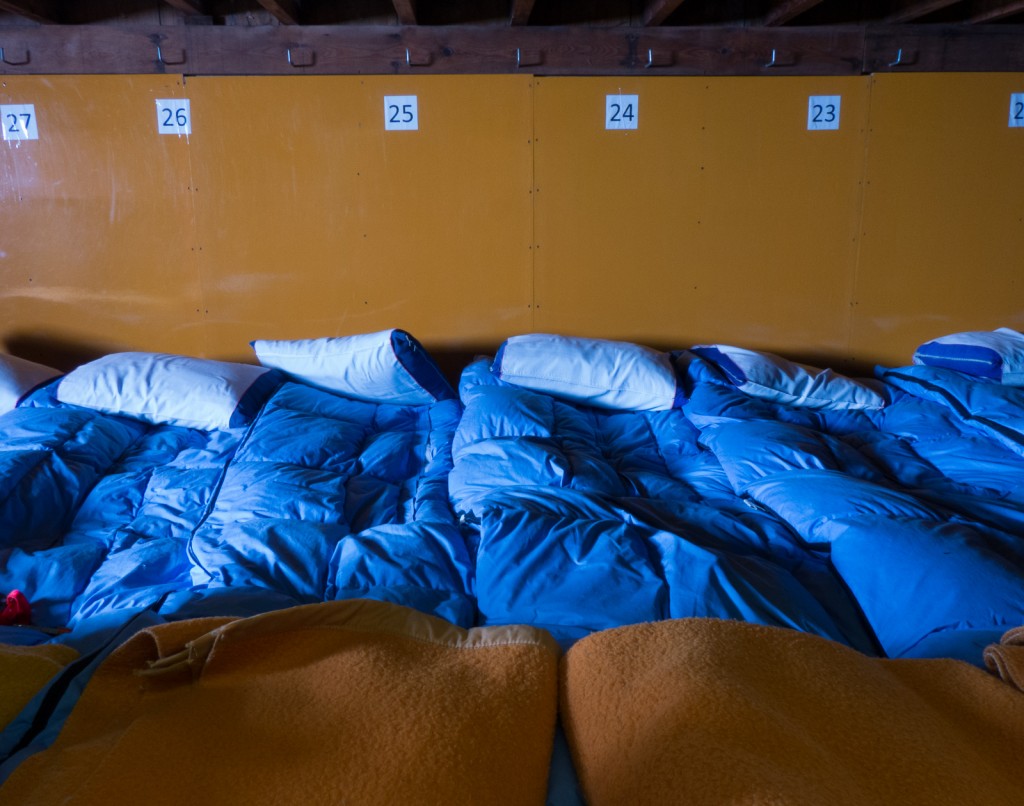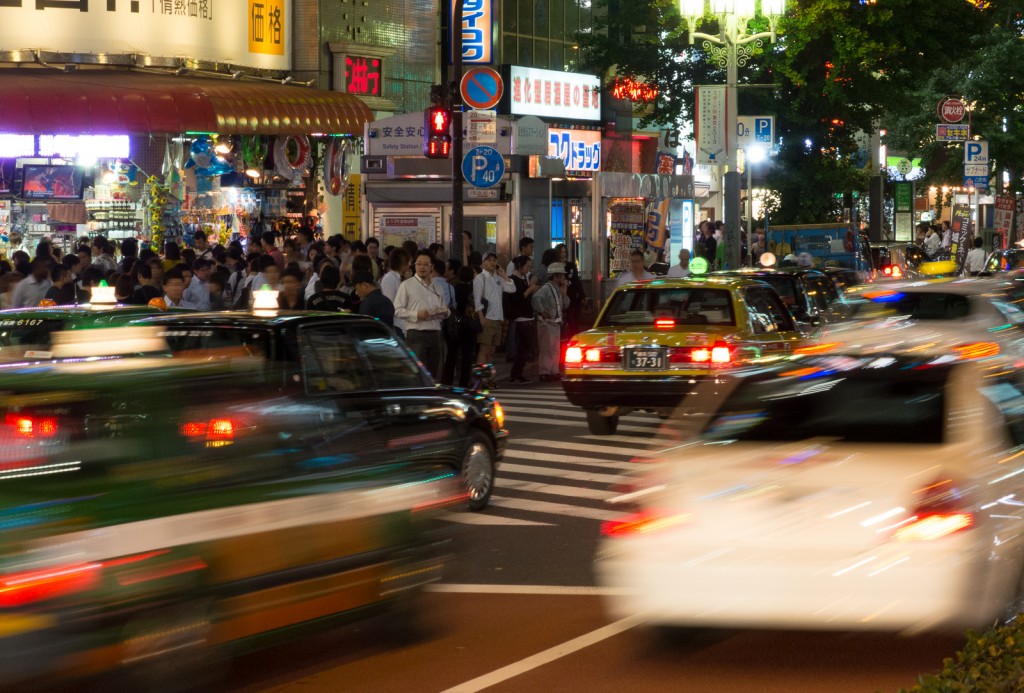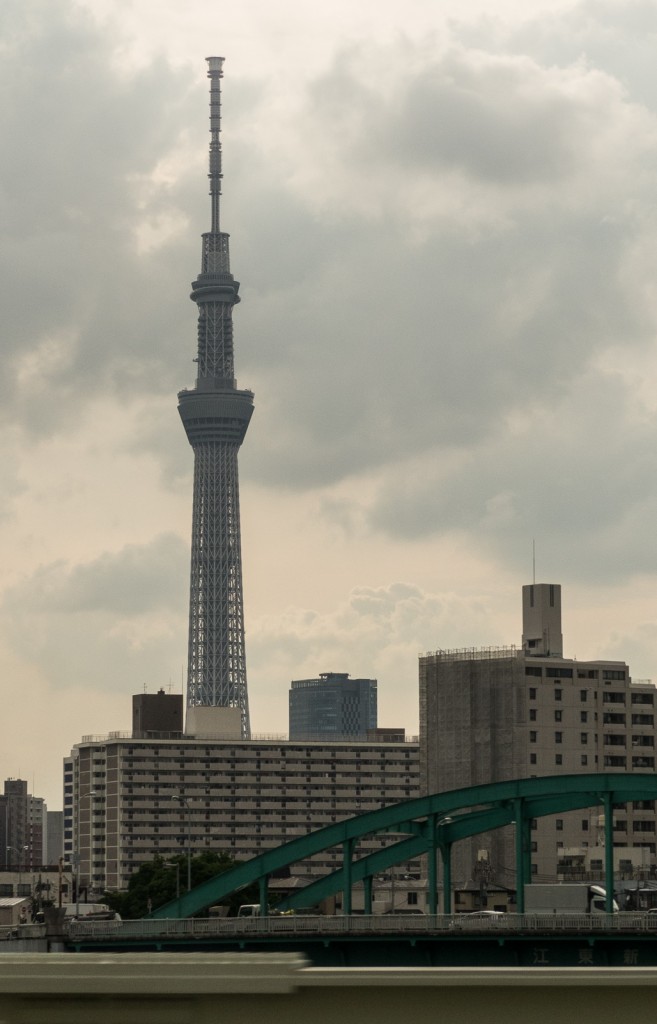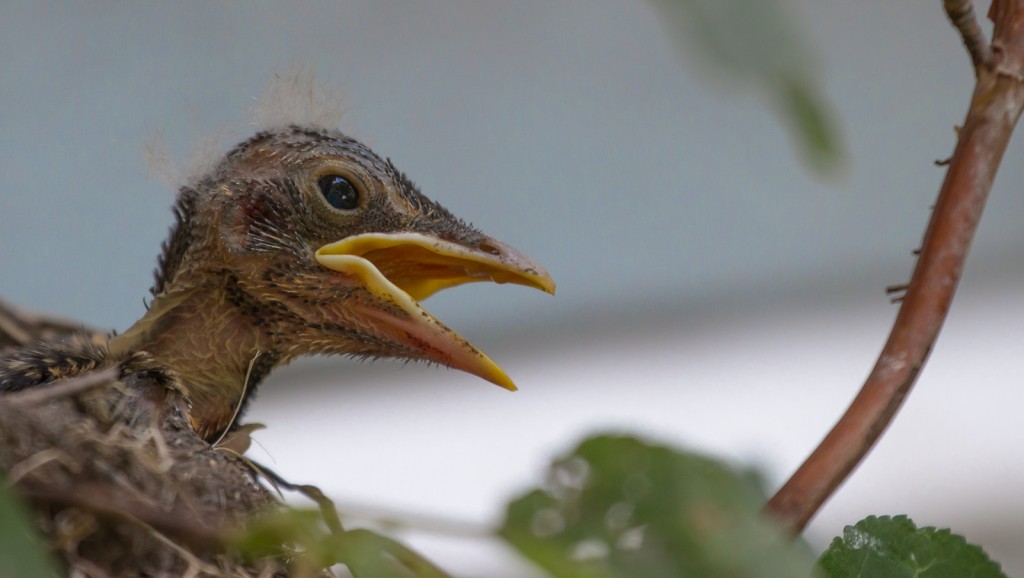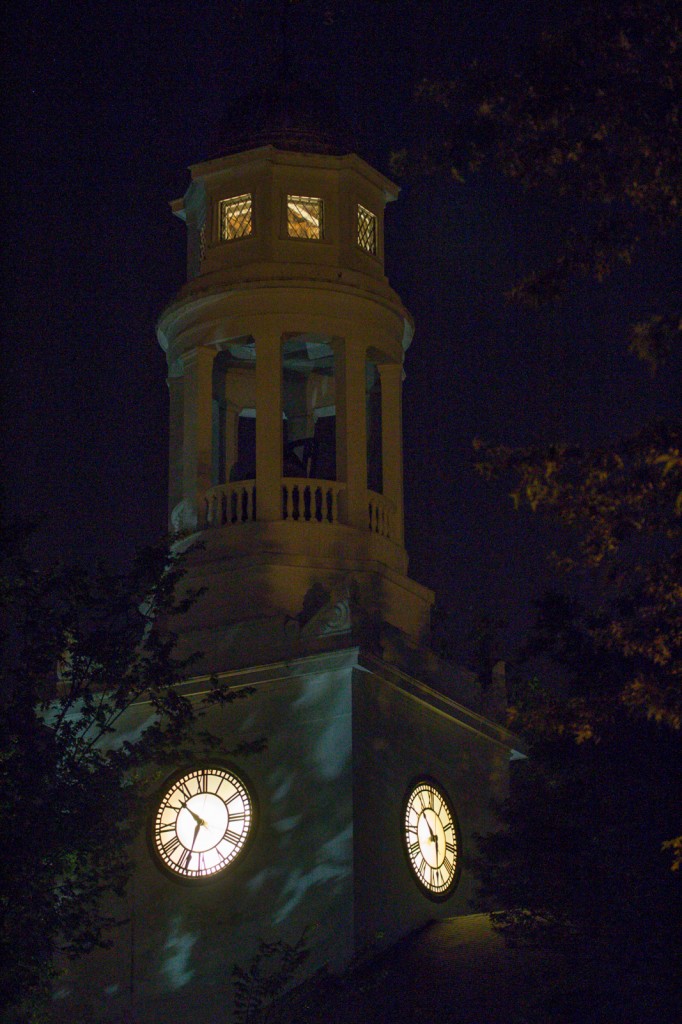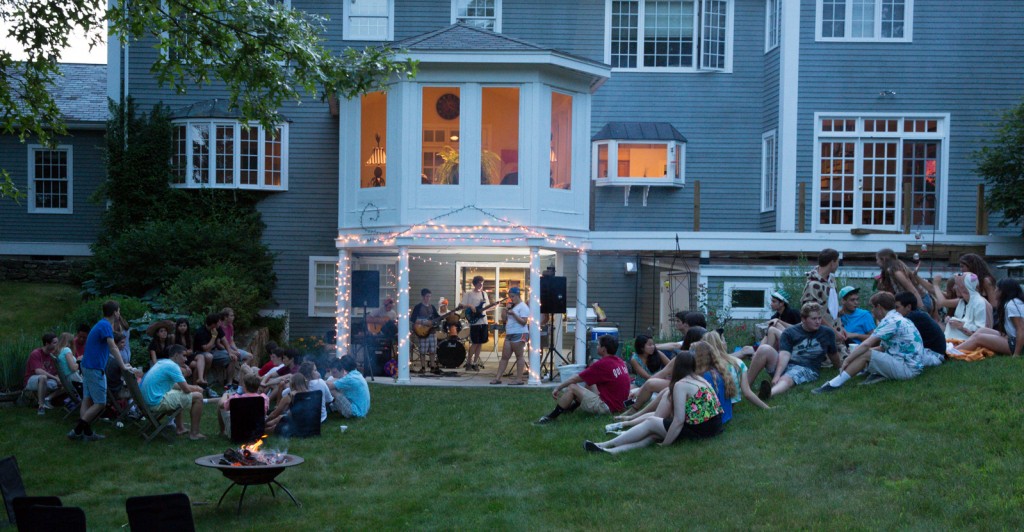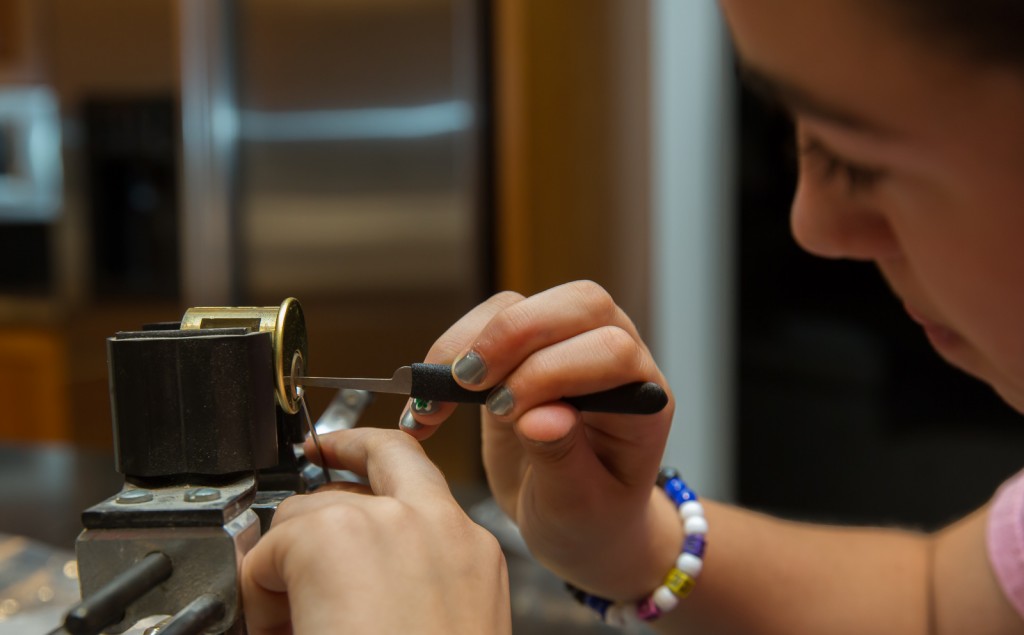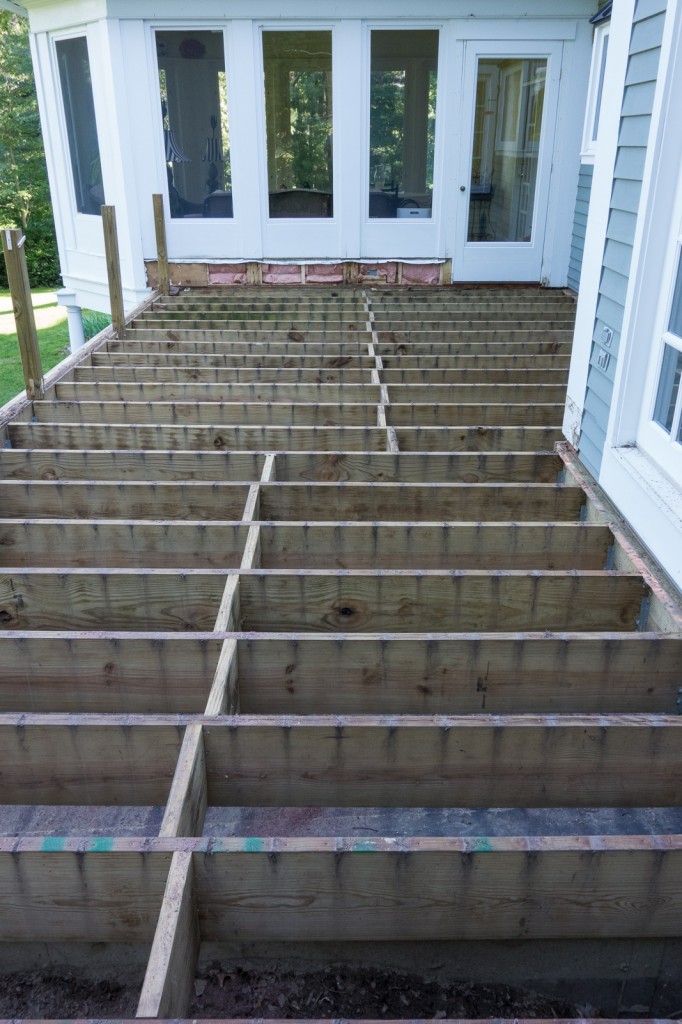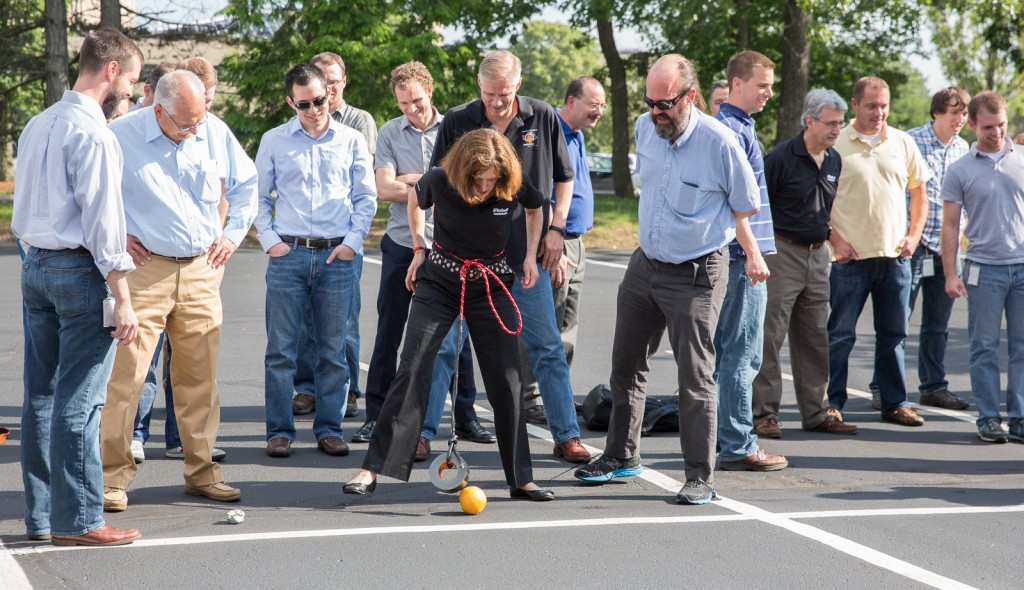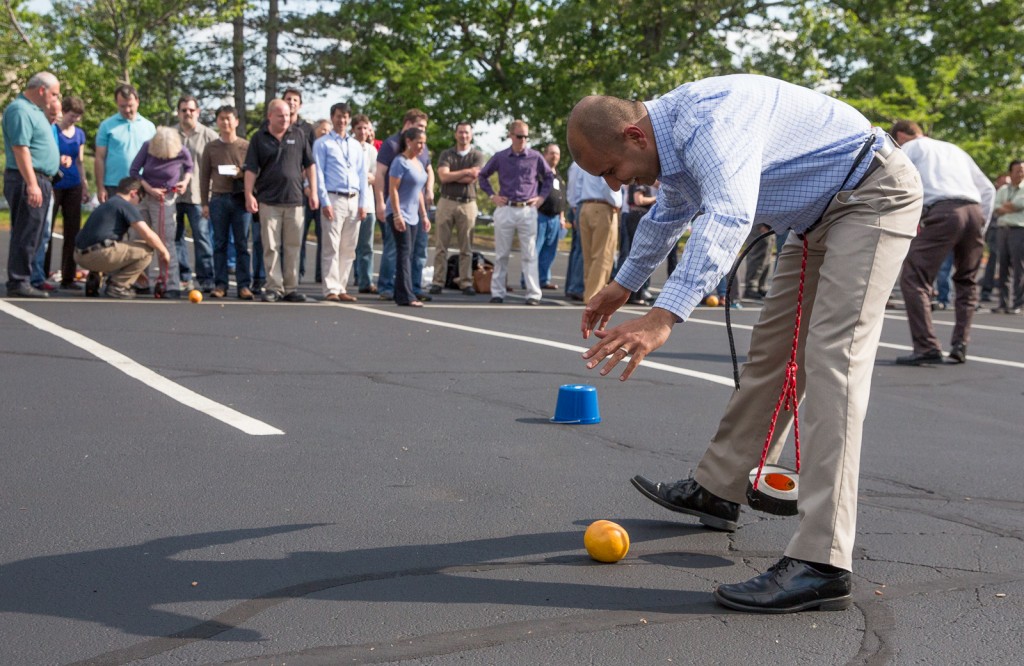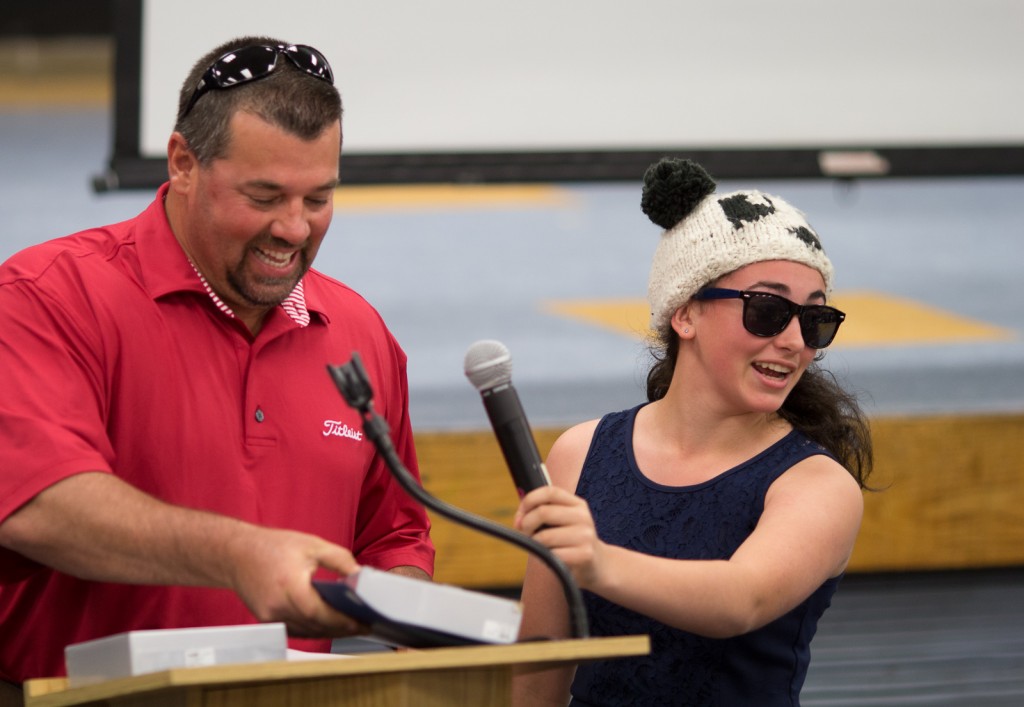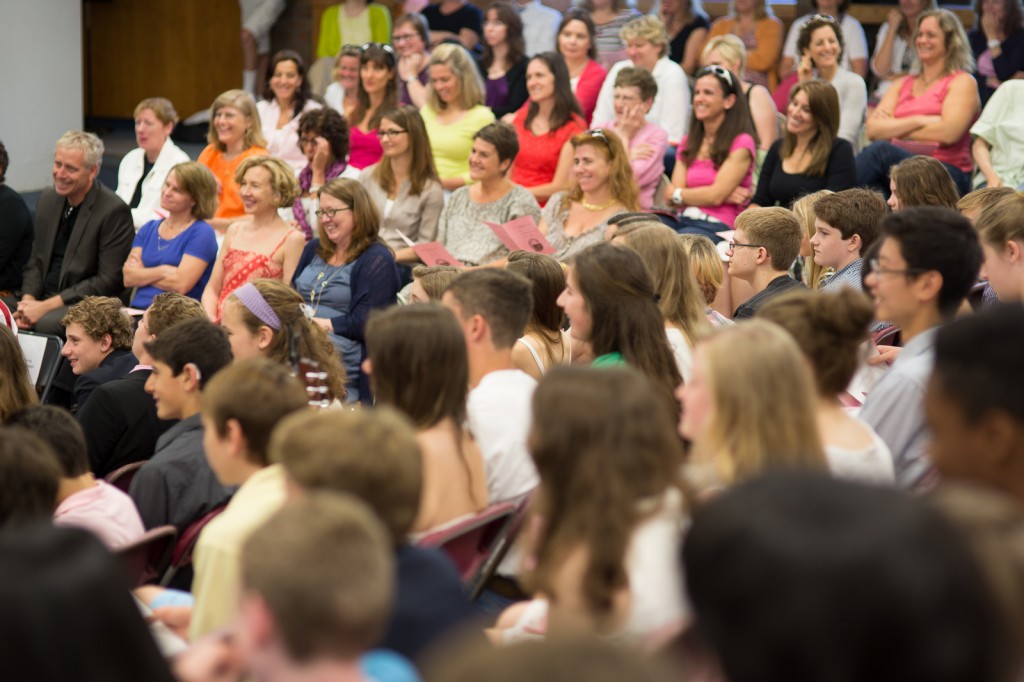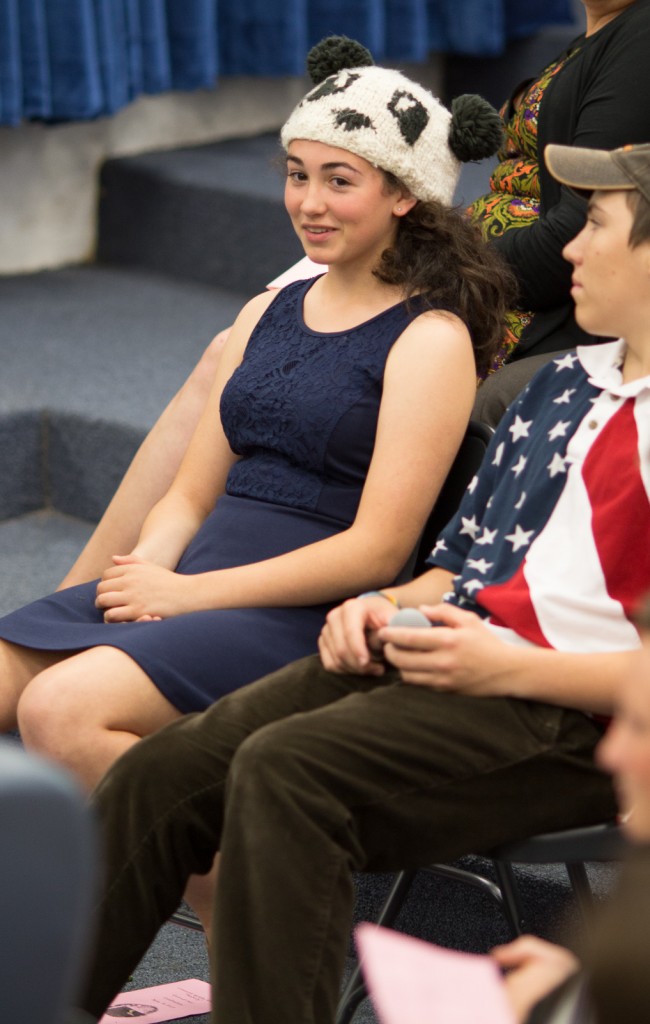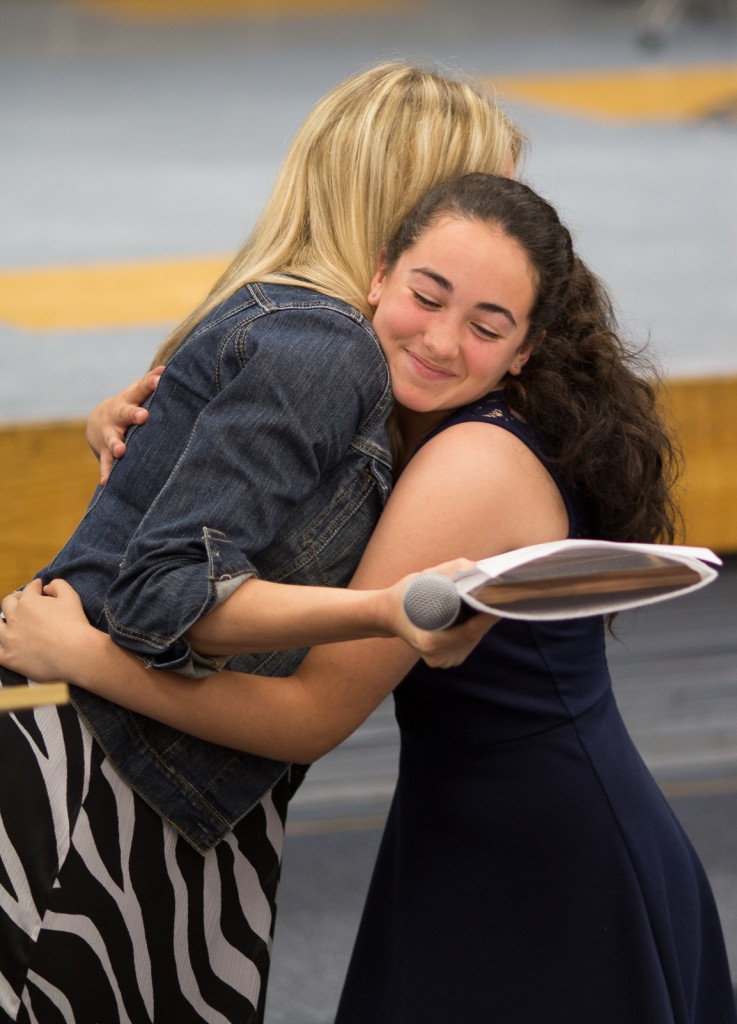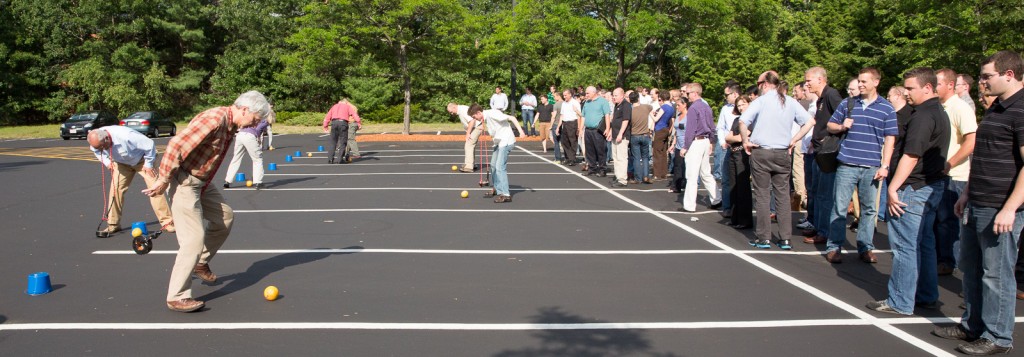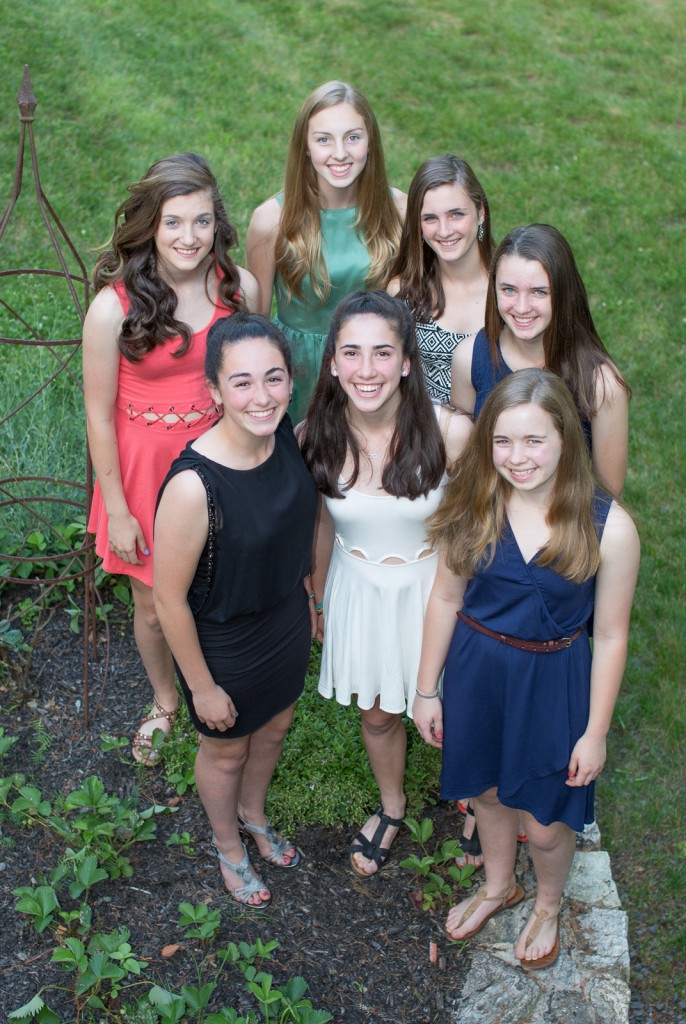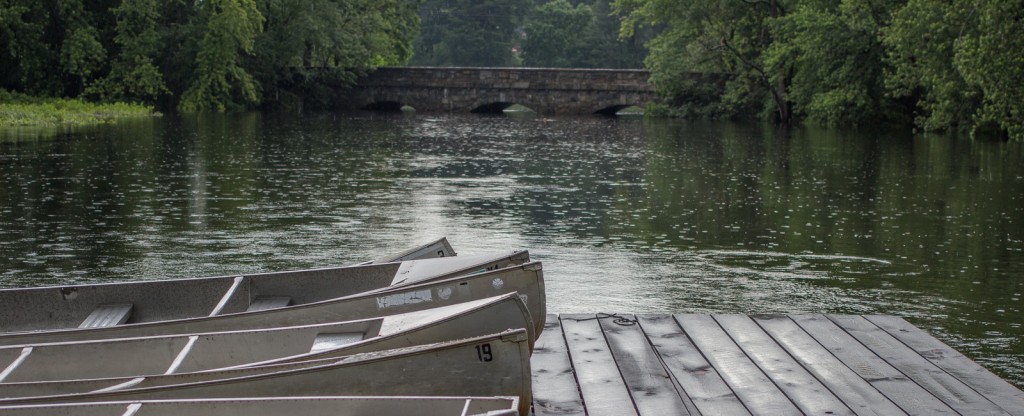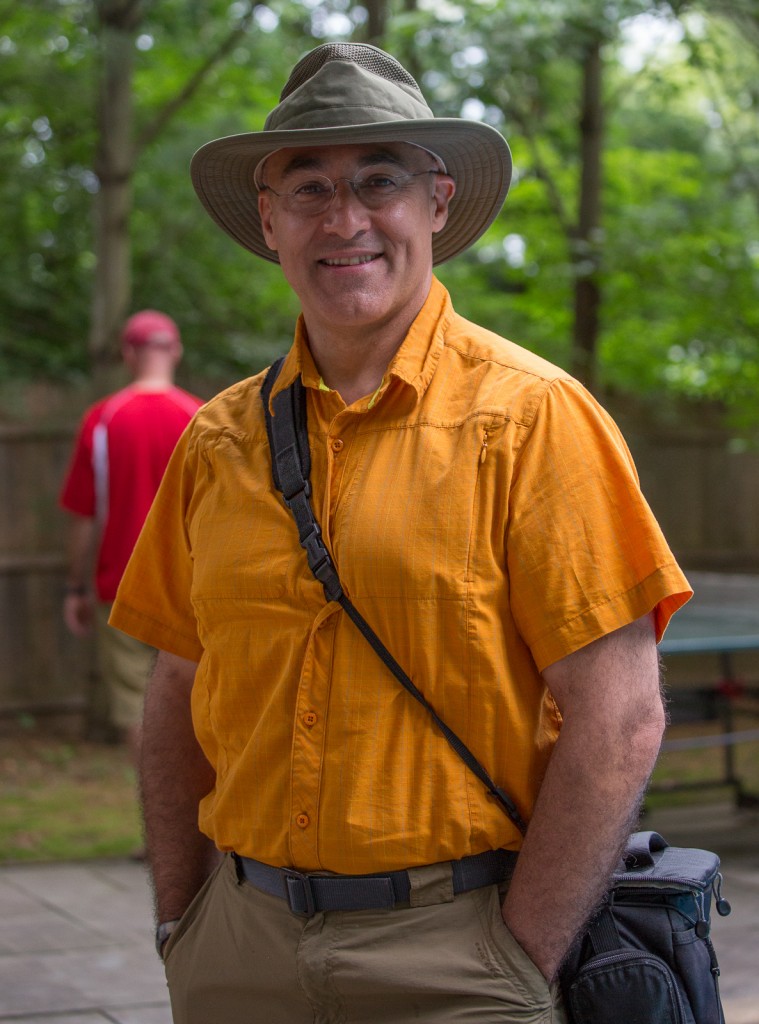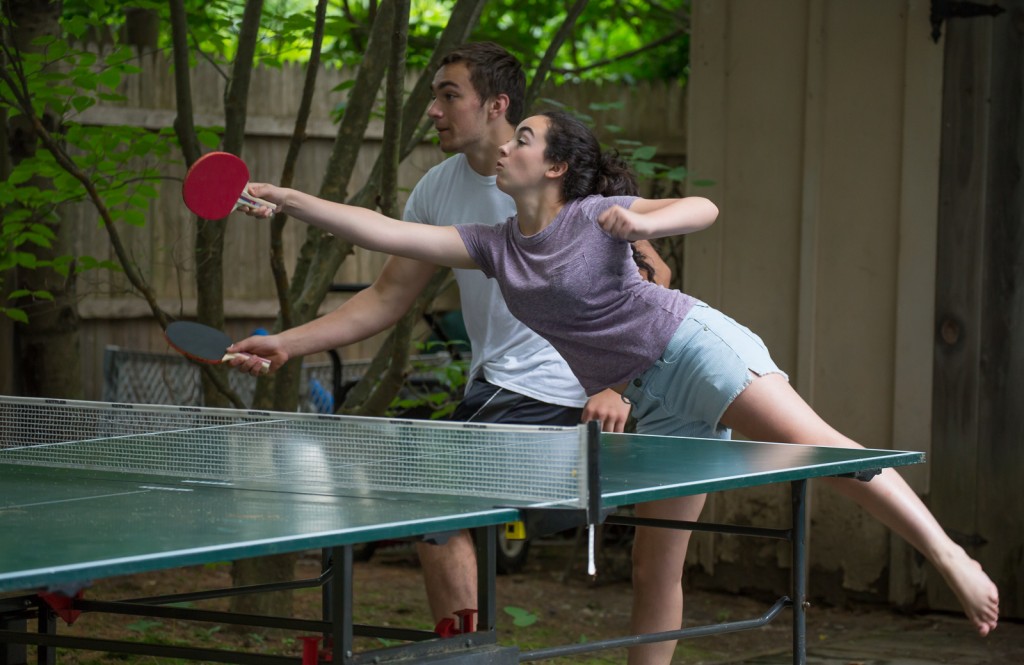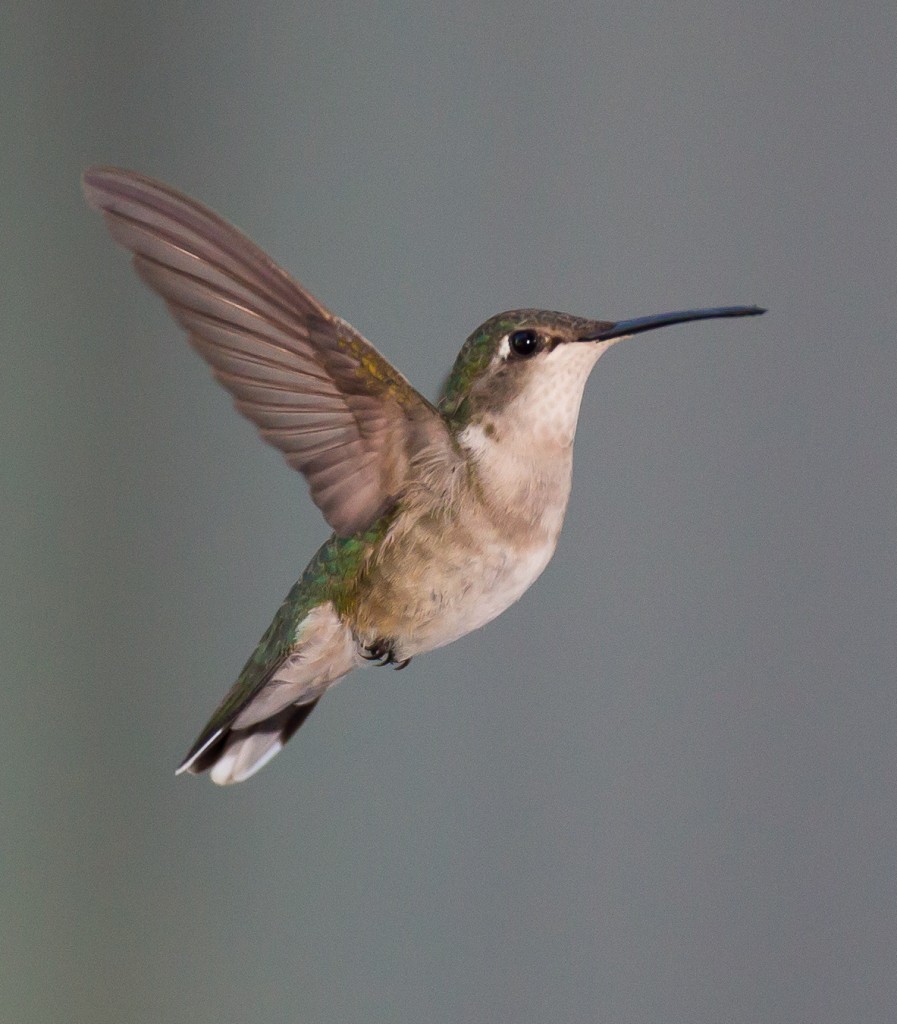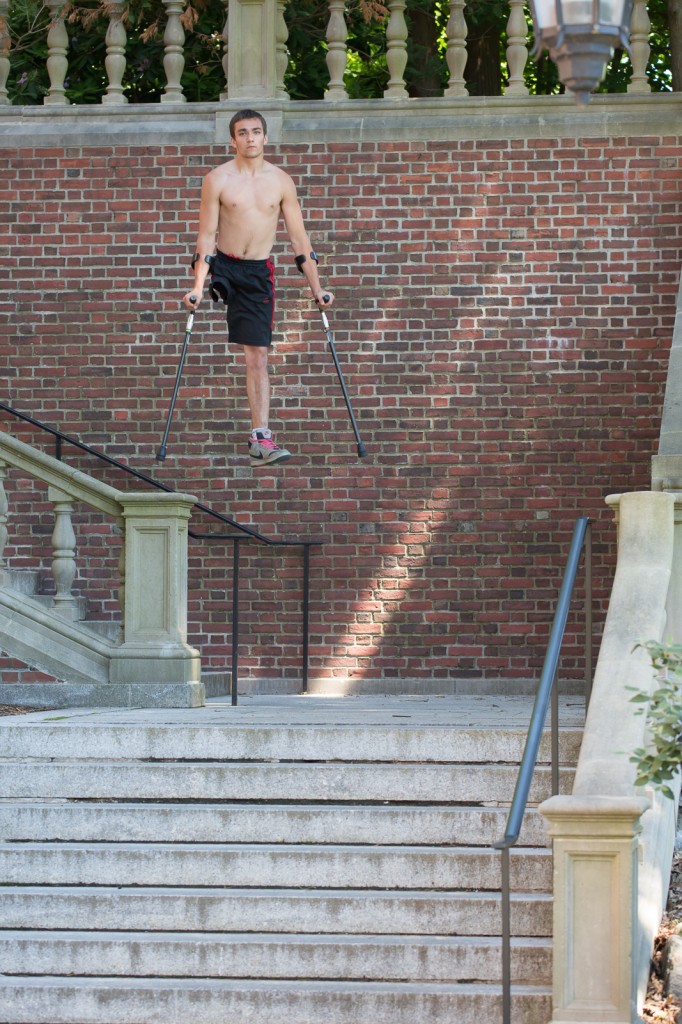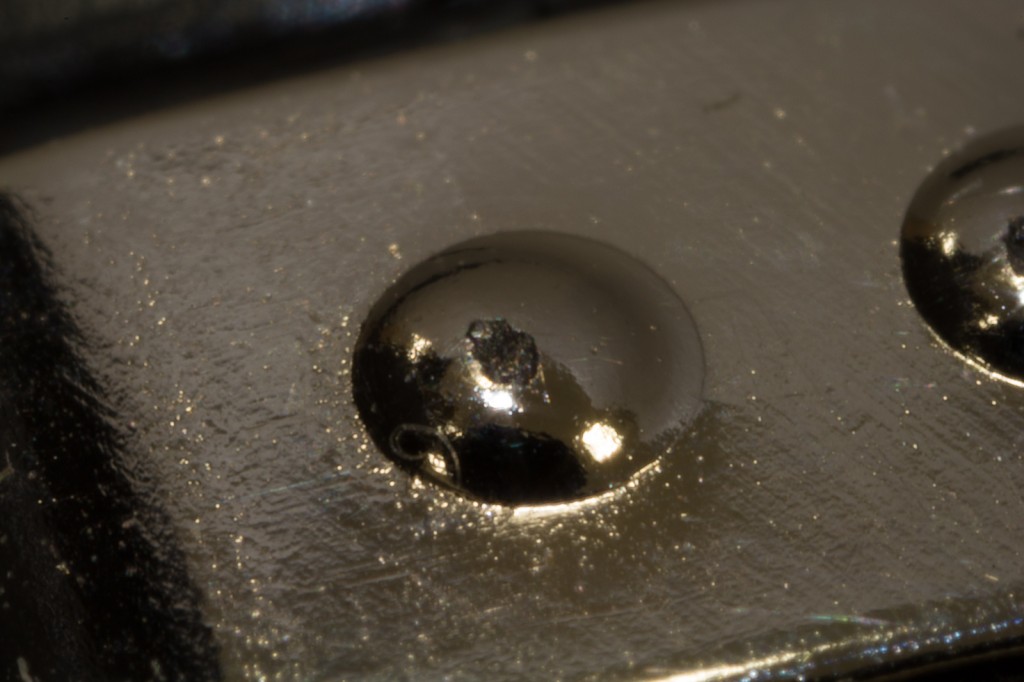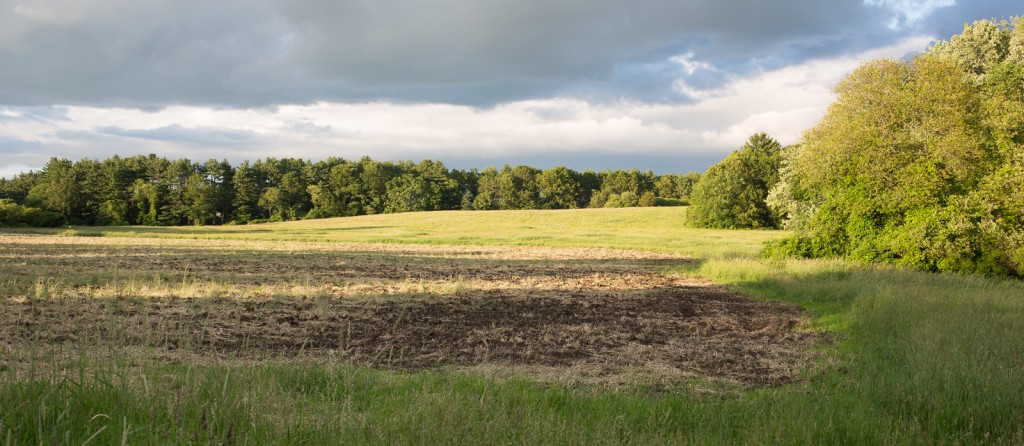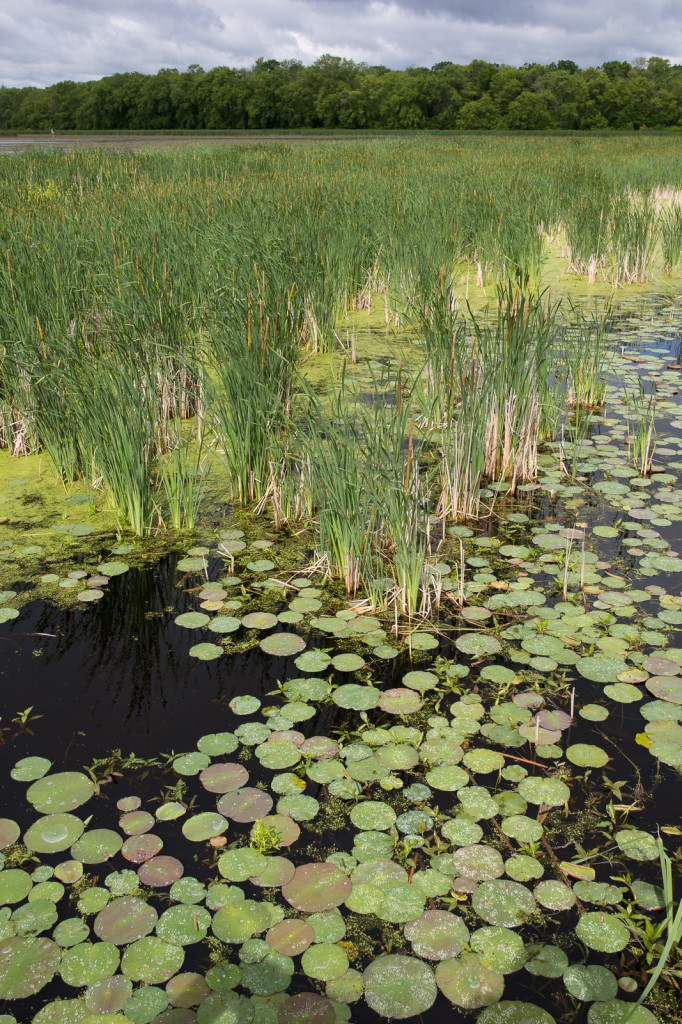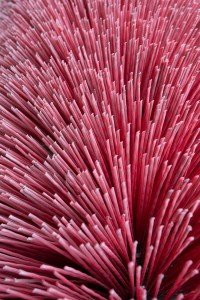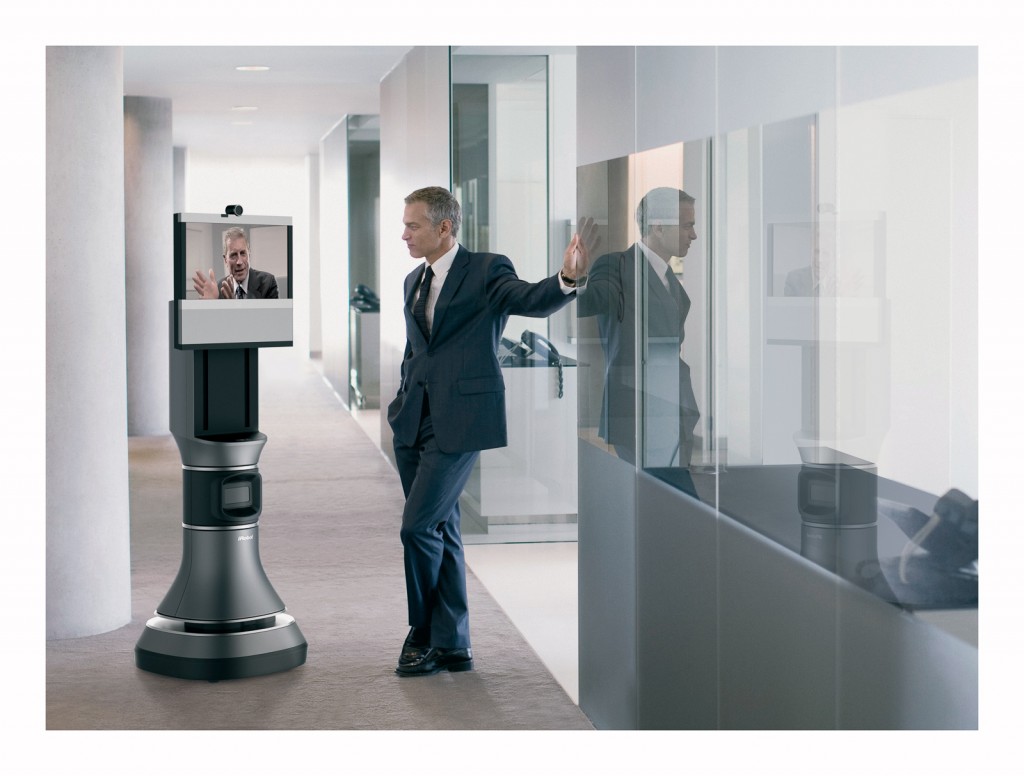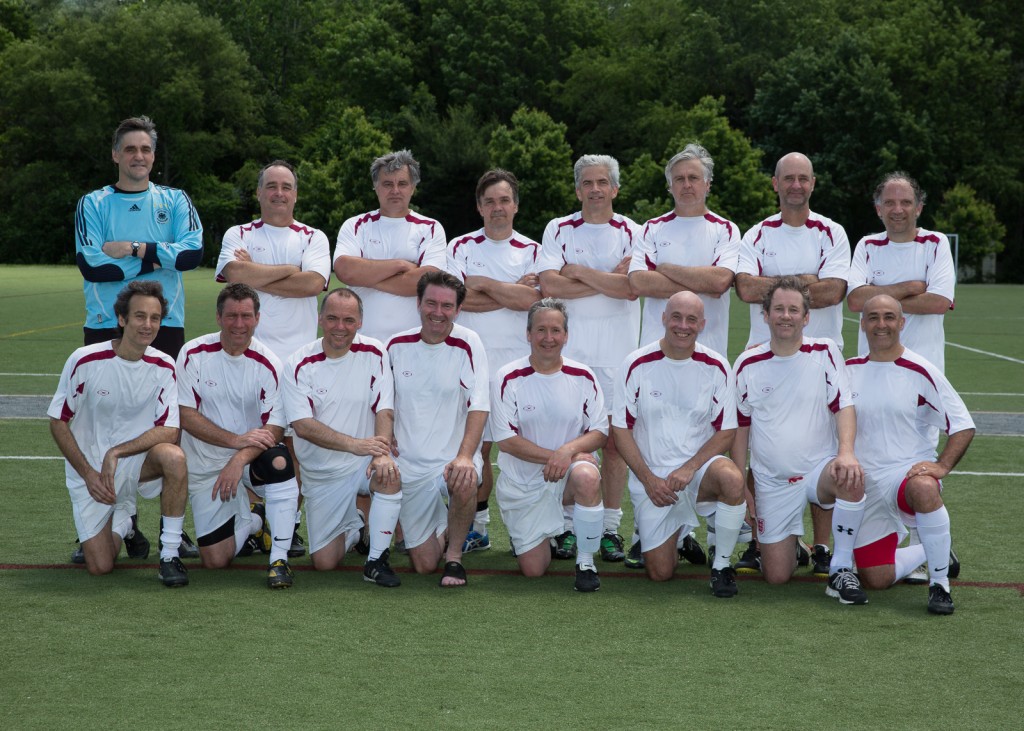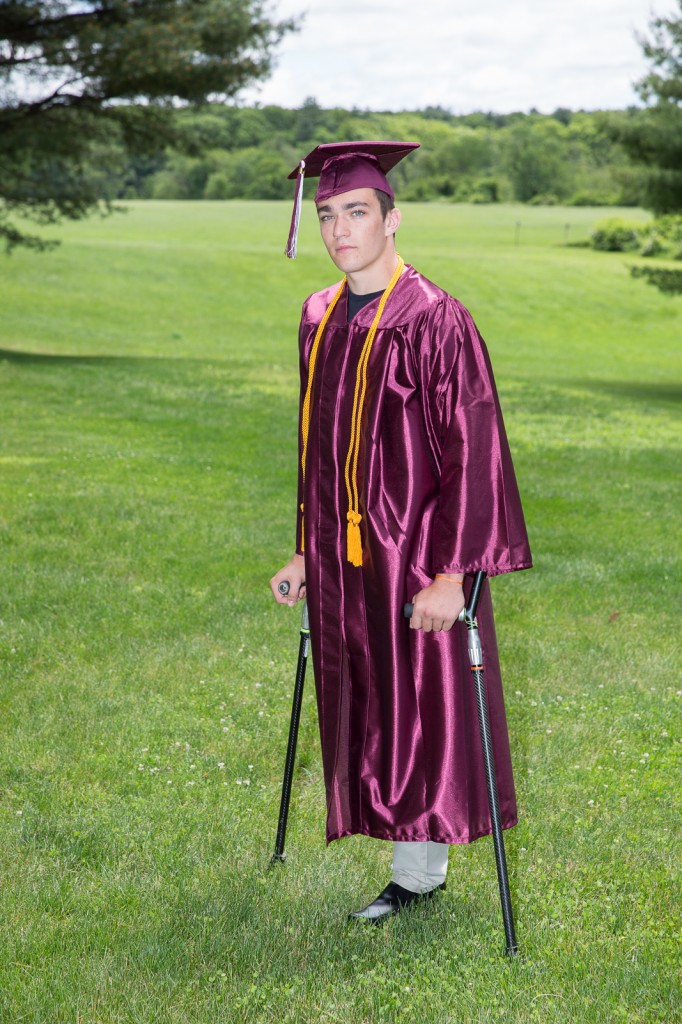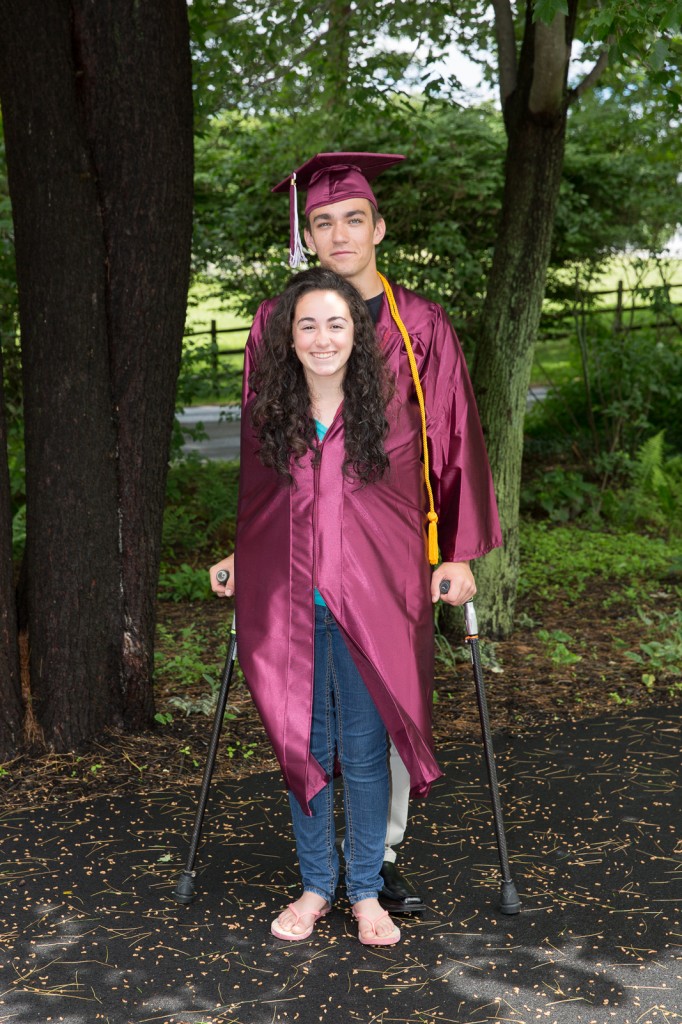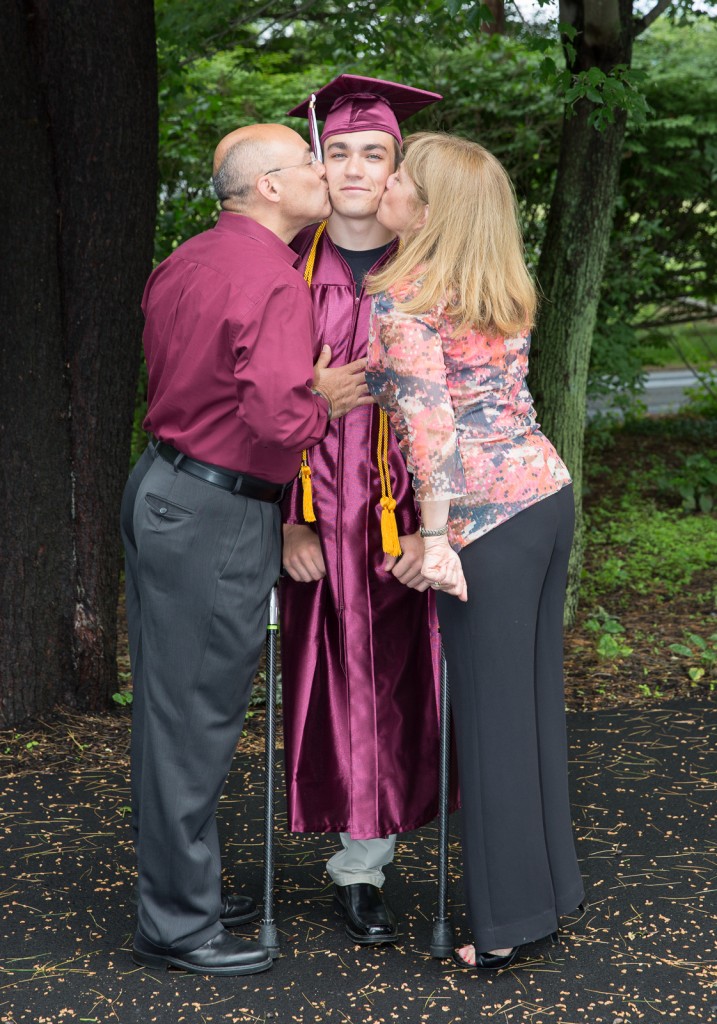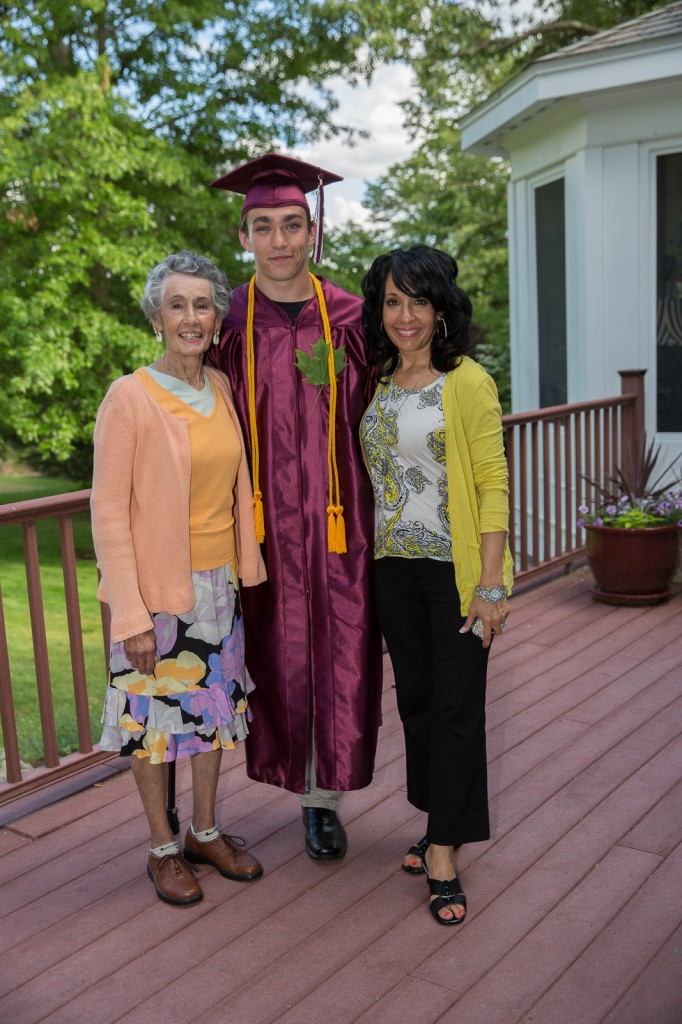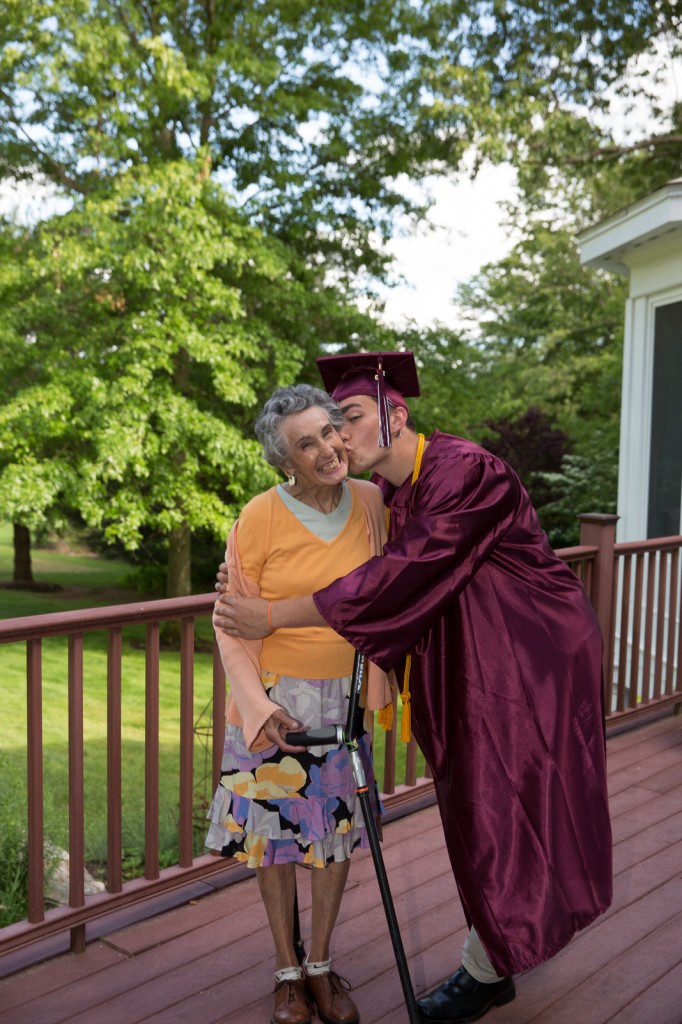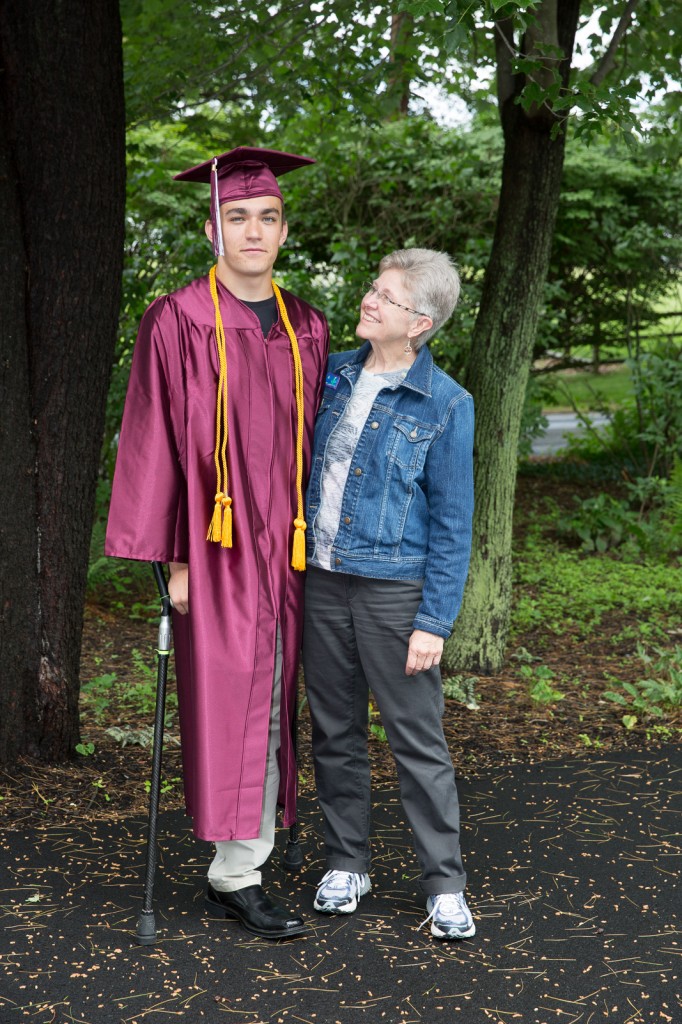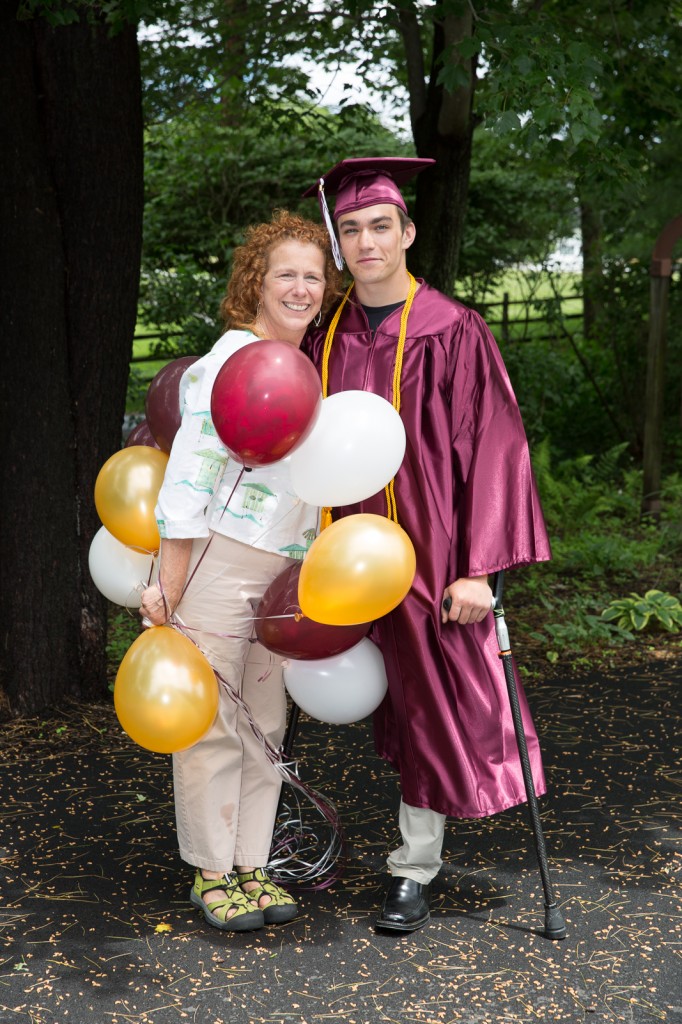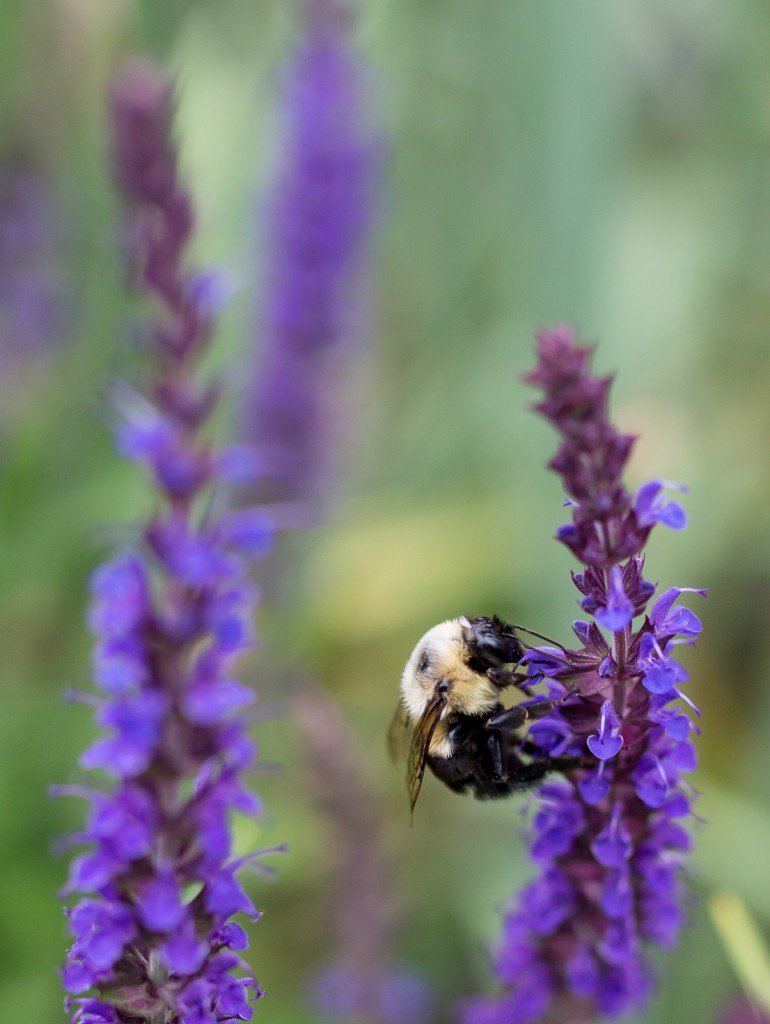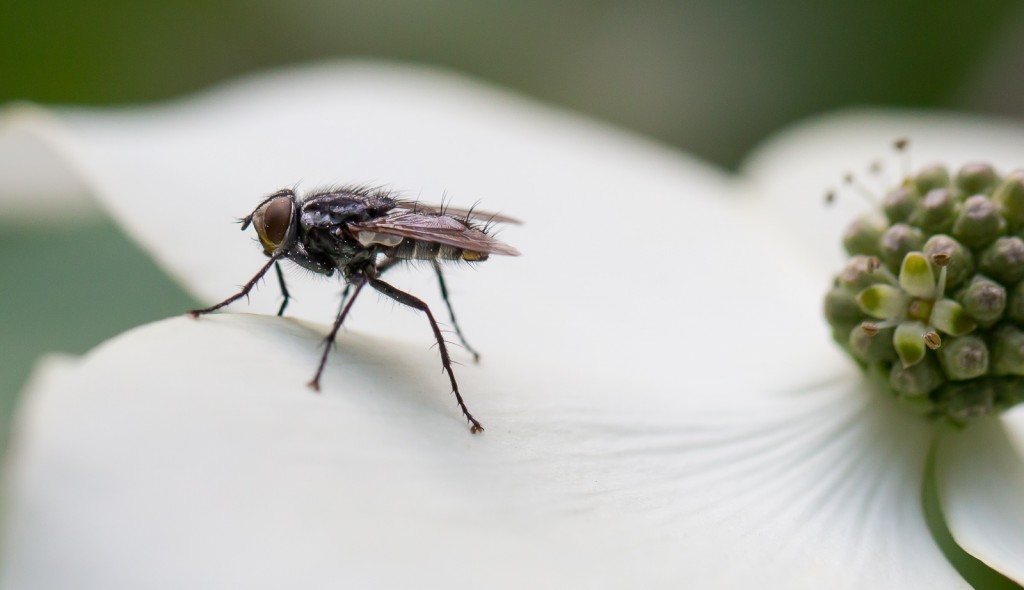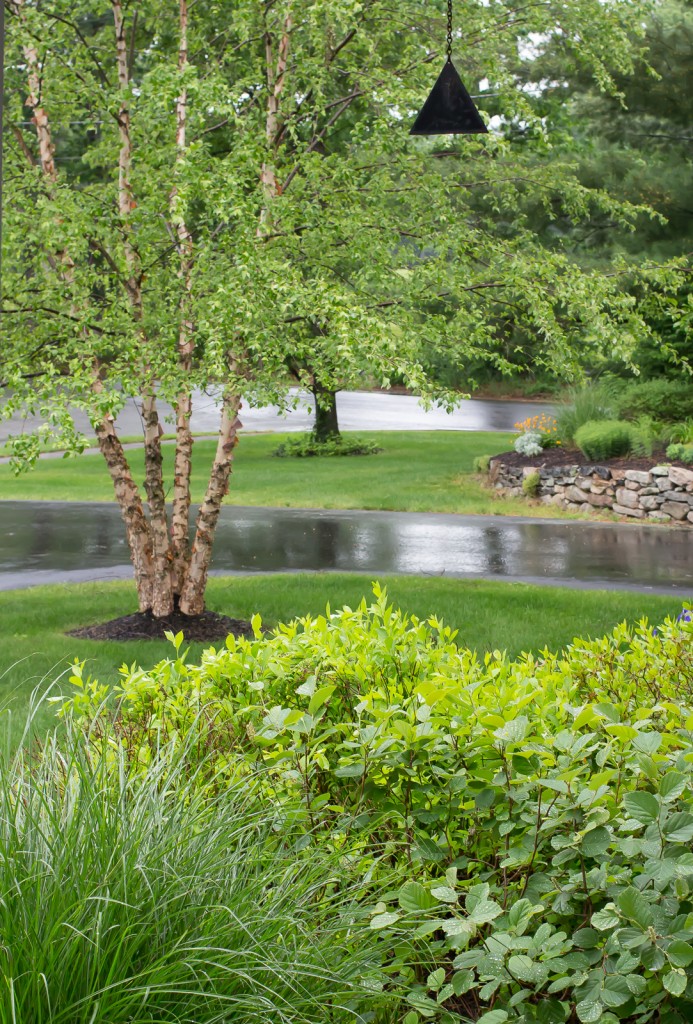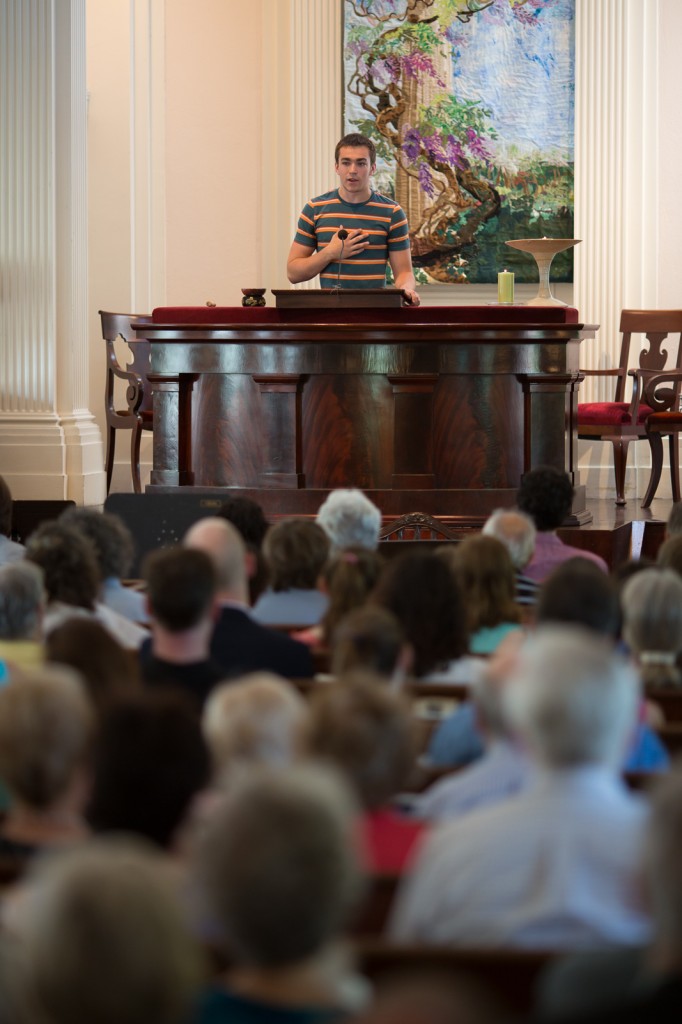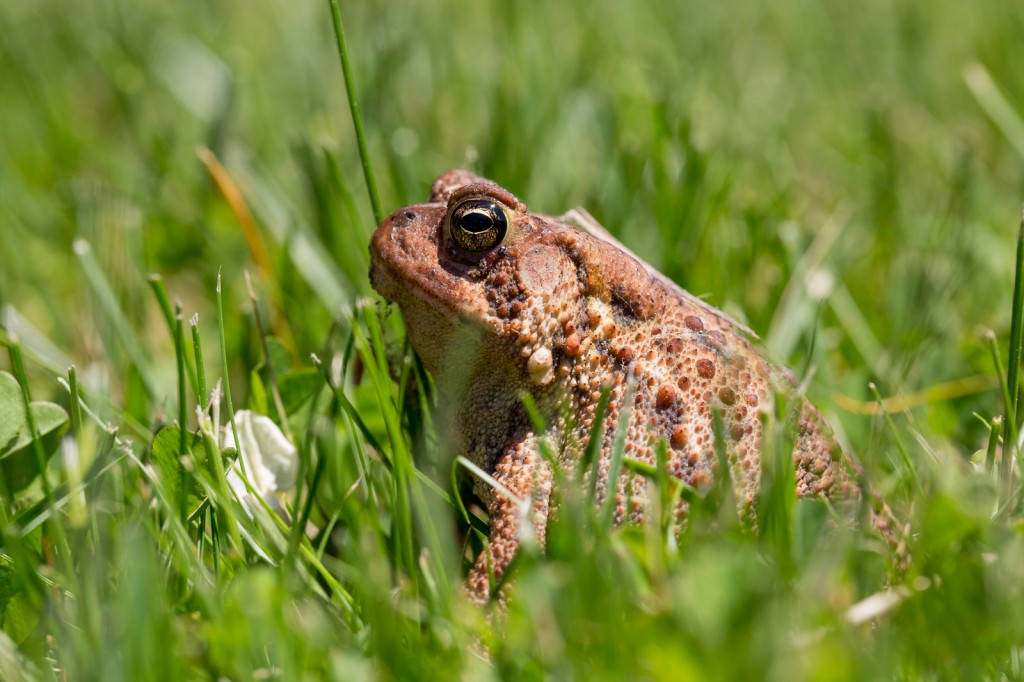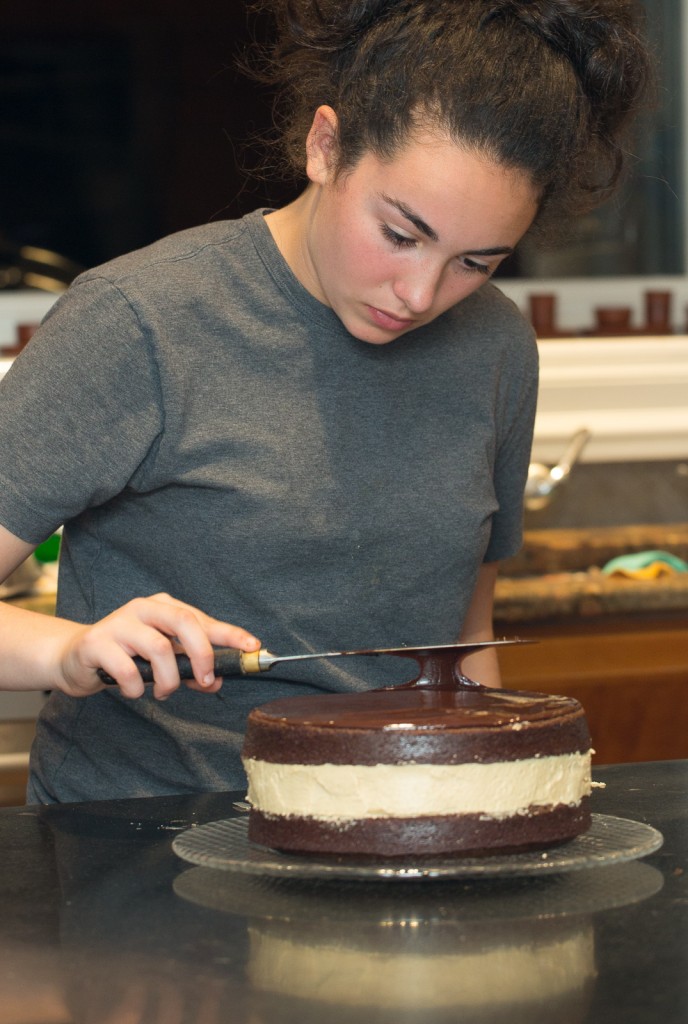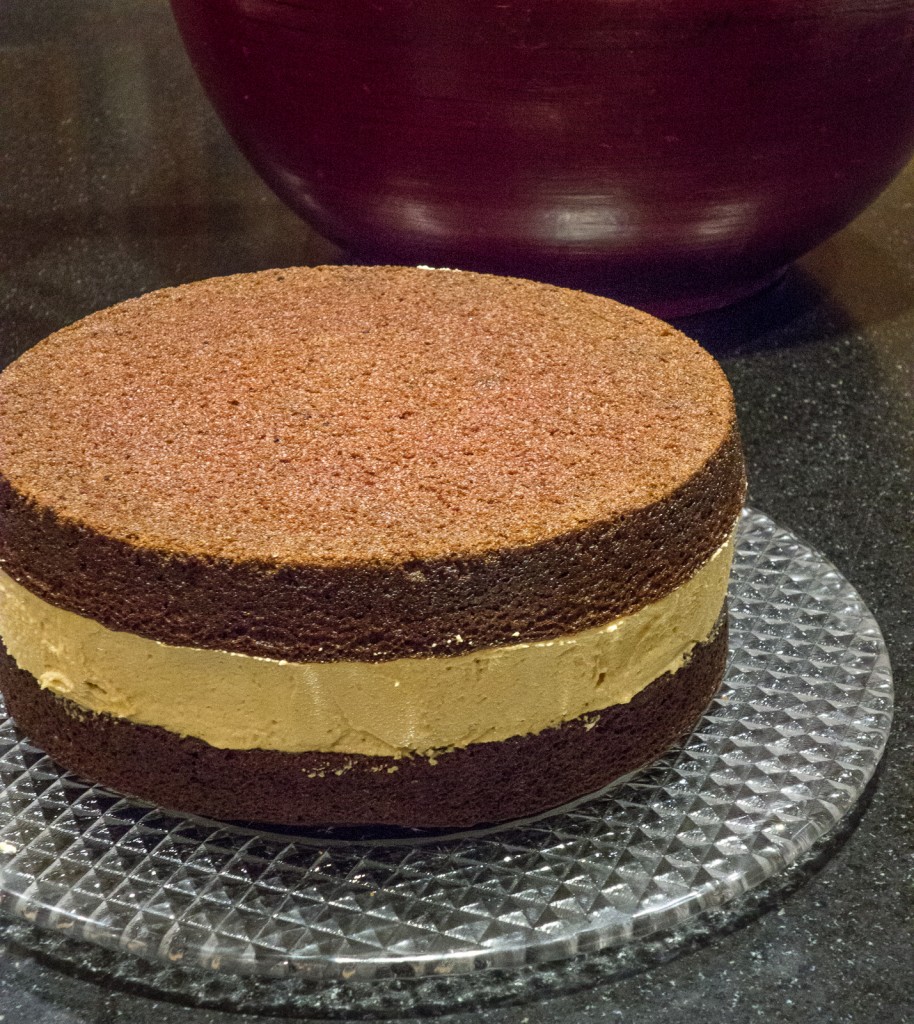At 2:30 AM I emerged from my cocoon and had a small breakfast before preparing for the final stage of my climb. The temperature at the summit is just above freezing so proper clothing is critical. I was on the trail by 3:15 AM equipped with a headlamp to illuminate the path. The trail grows progressively steeper and narrower as you approach the top which inevitably results in a traffic jam among the many climbers hoping to see the sunrise from the summit. My timing was perfect and I reached the top with 20 minutes to spare and even had time for this pre-dawn photo with the highest gate.
The morning air was crisp and clear offering a magnificent view of the sunrise as the sun broke through the sea of clouds which completely encircled the mountain.
Just as with Kilimanjaro, Fuji is a volcano with a tilted rim. To reach the actual summit you must circumnavigate the rim to the high side. This excursion adds another 90 minutes to the climb but is well worth the effort as it is mostly level. I am pictured below with the actual summit marker at the Kengamine peak which sits adjacent to a structure which appears to be a weather station.
Although my ascent and descent are both through clouds, I am lucky that conditions at the summit are crystal clear. Looking down upon the clouds is a rare and beautiful experience that I can recommend to anyone who questions why one would seek to climb high mountains.
During most of the year the top of Fuji is covered in snow. The climbing season of July and August is generally accompanied by an absence of snow but even now one can find plenty on the mountain. My descent took about four hours with last three spent in the clouds again. When I reached the fifth station I could barely see my hand in front of my face. I returned to Shinzuku to pick up my business gear and then took a train to Shinagawa where I rendezvoused with colleagues for our business meetings which start tomorrow.

